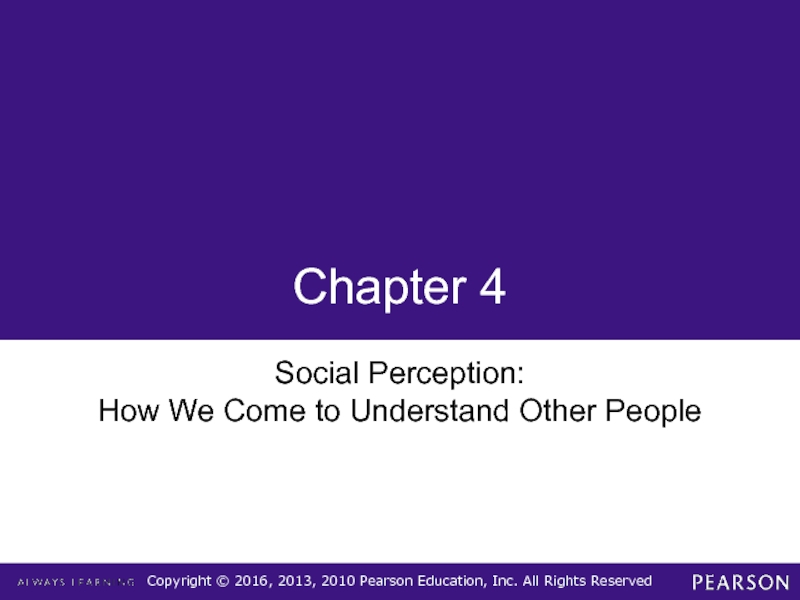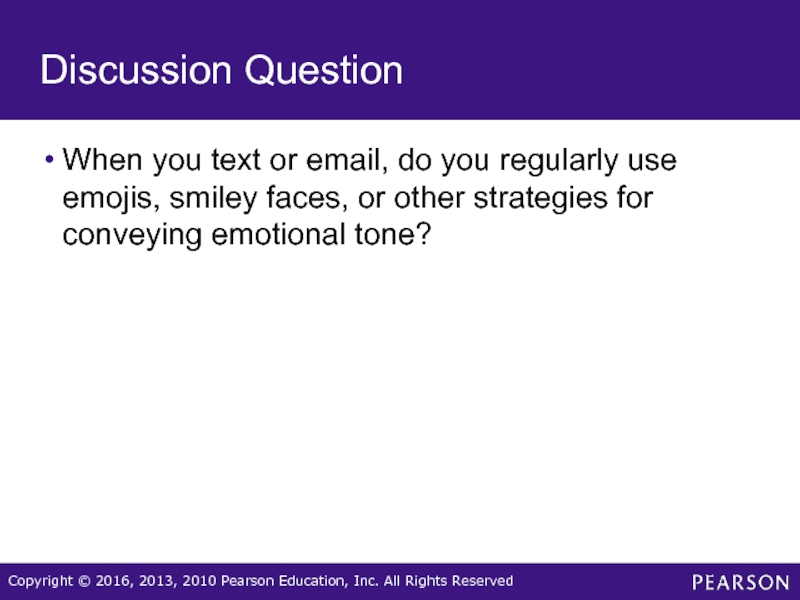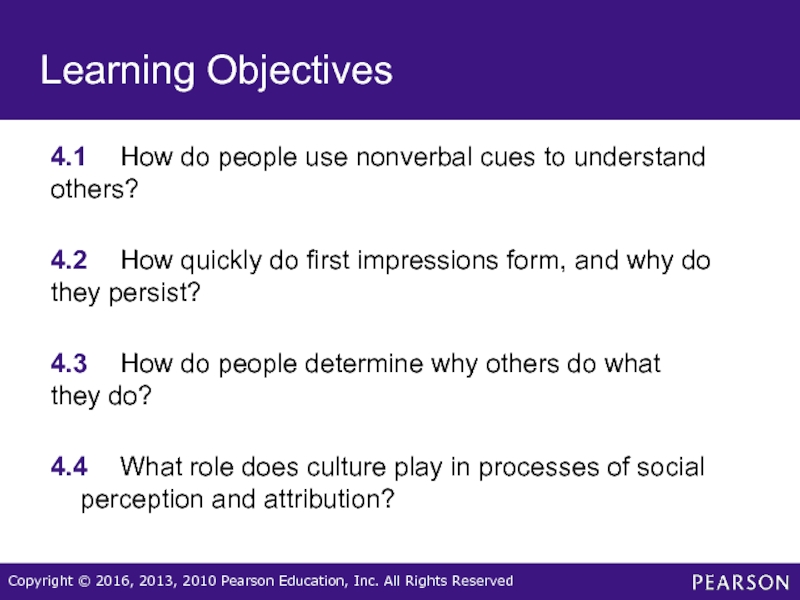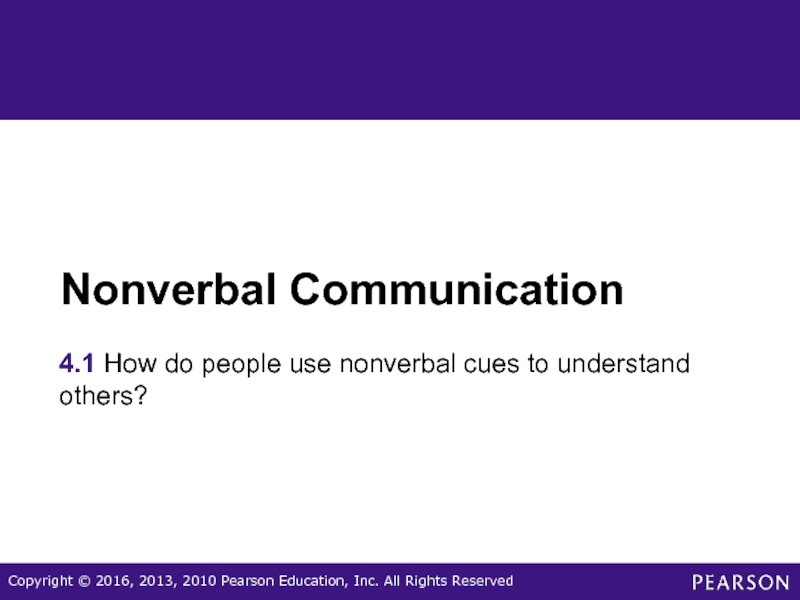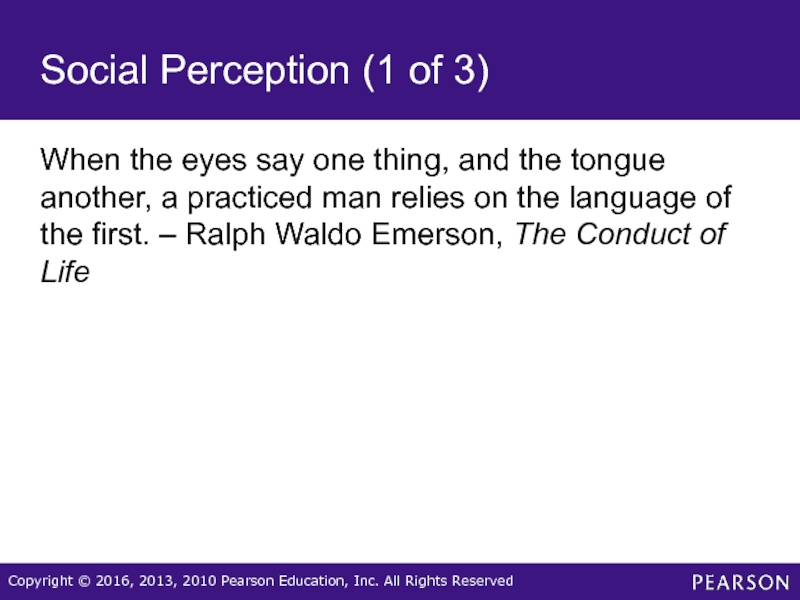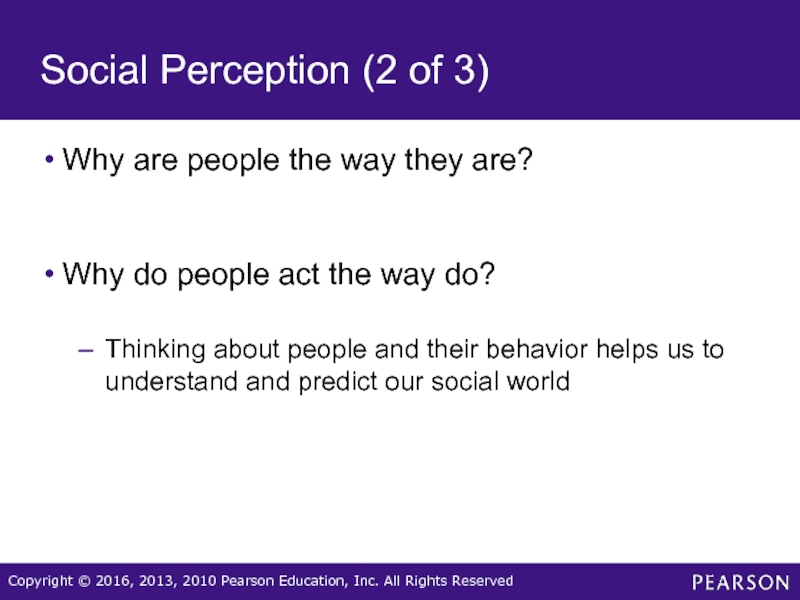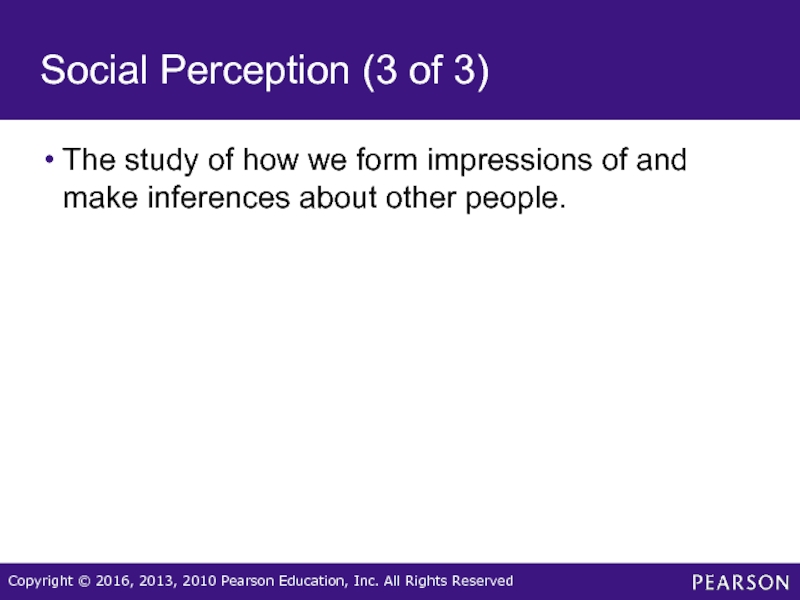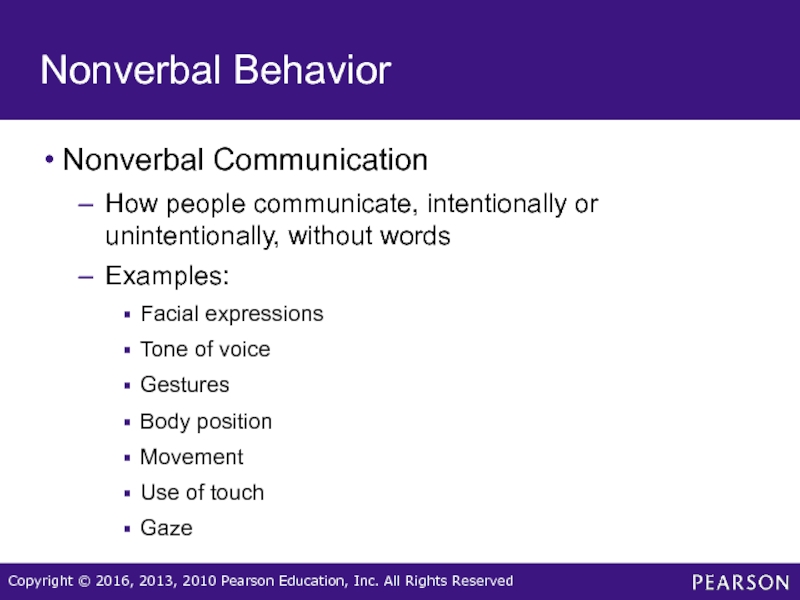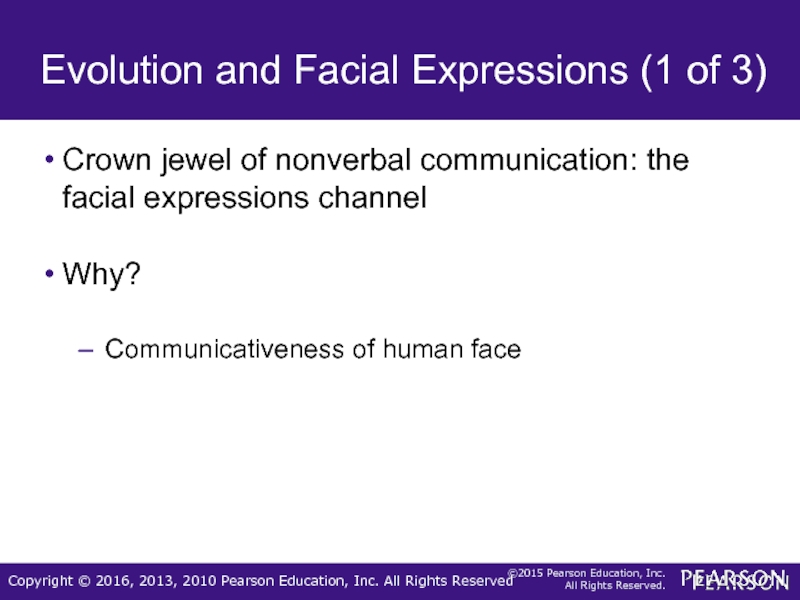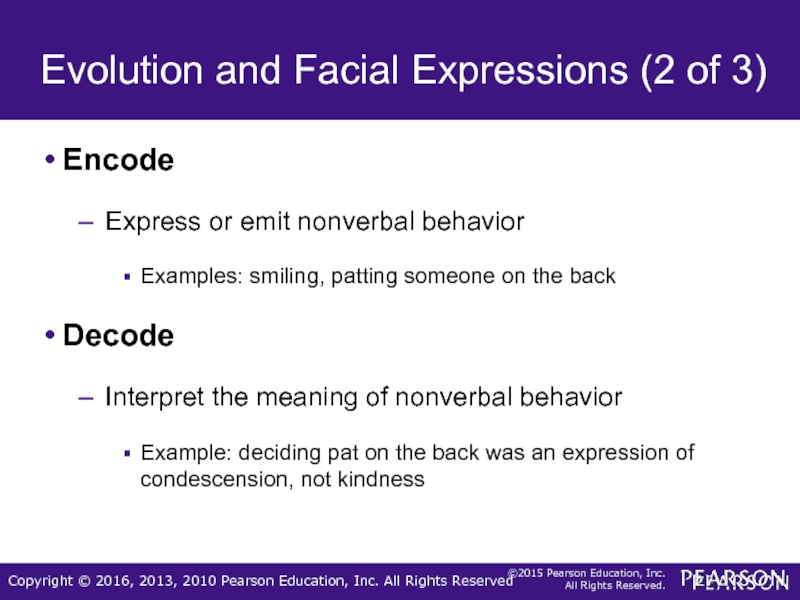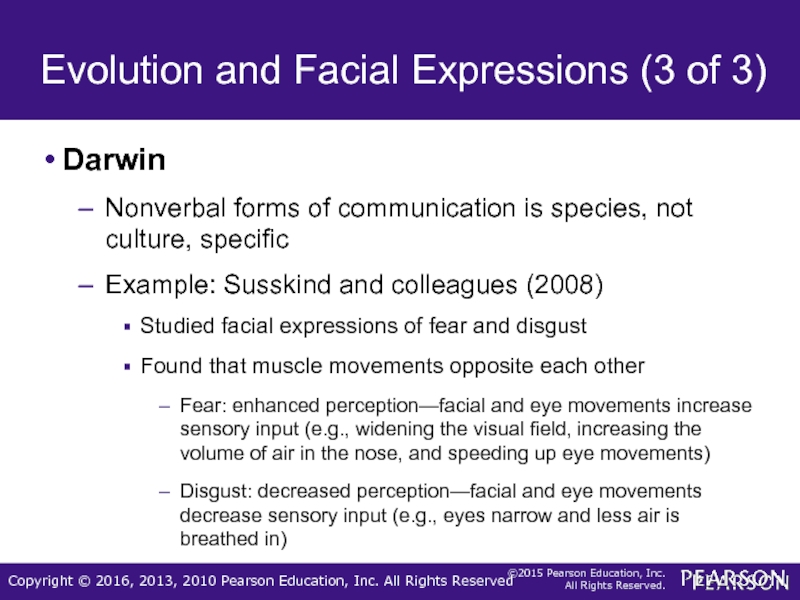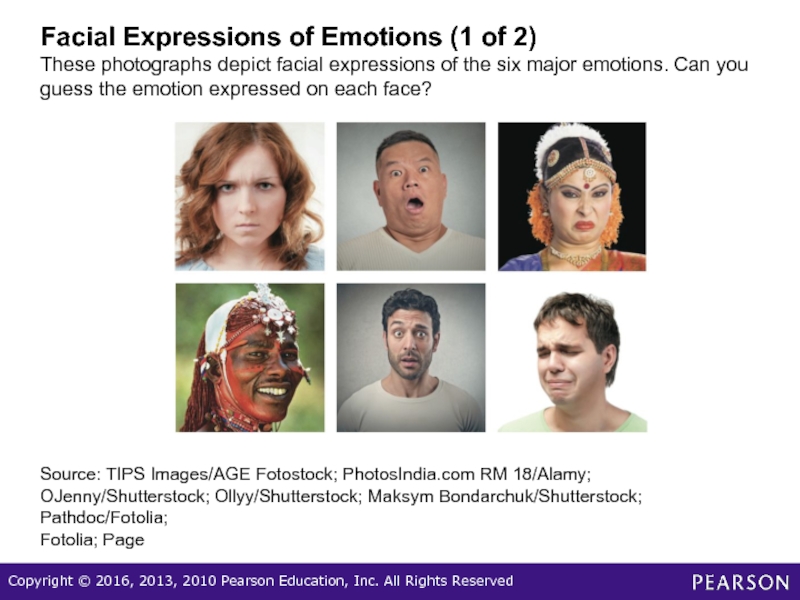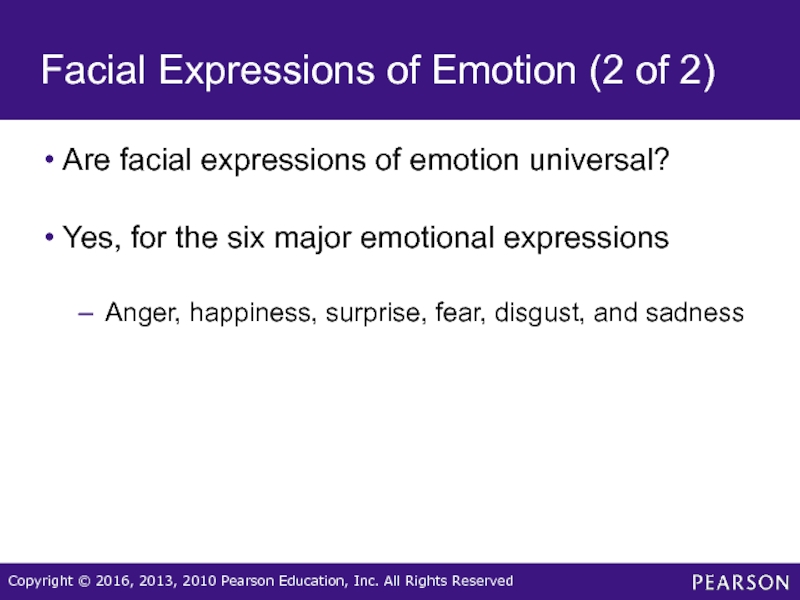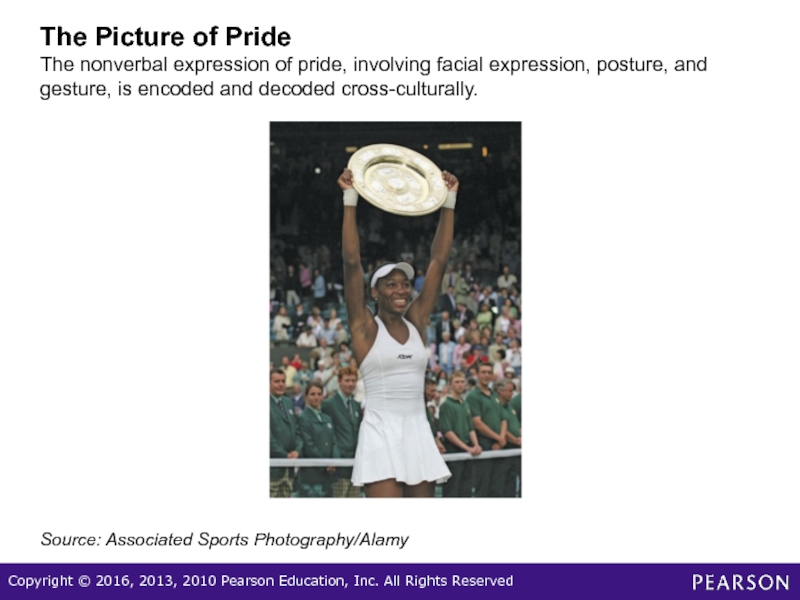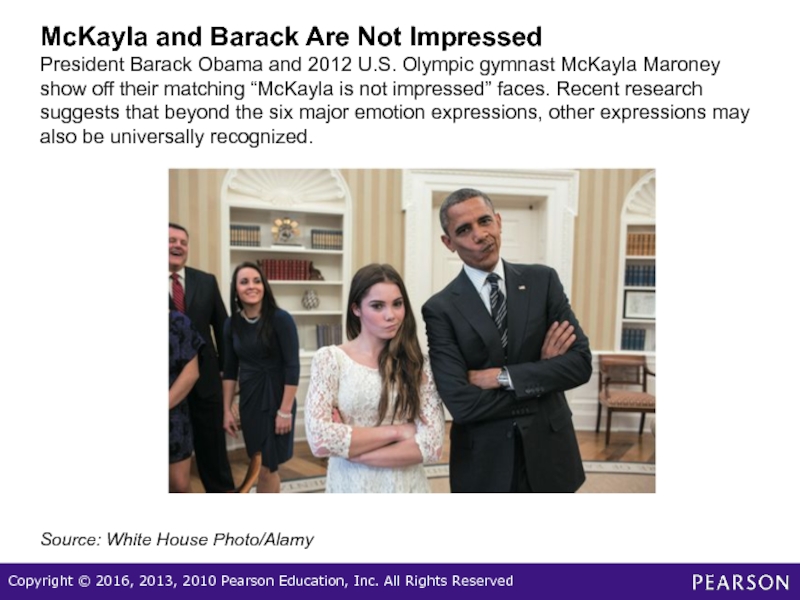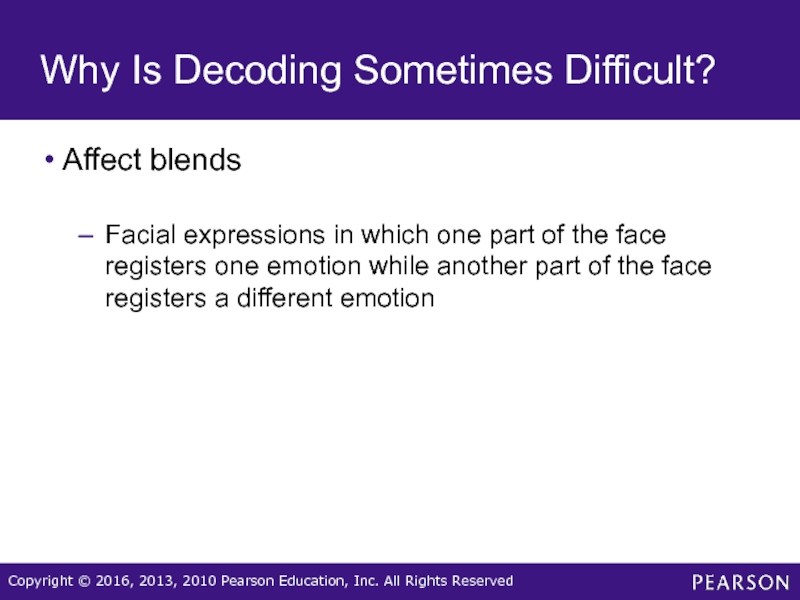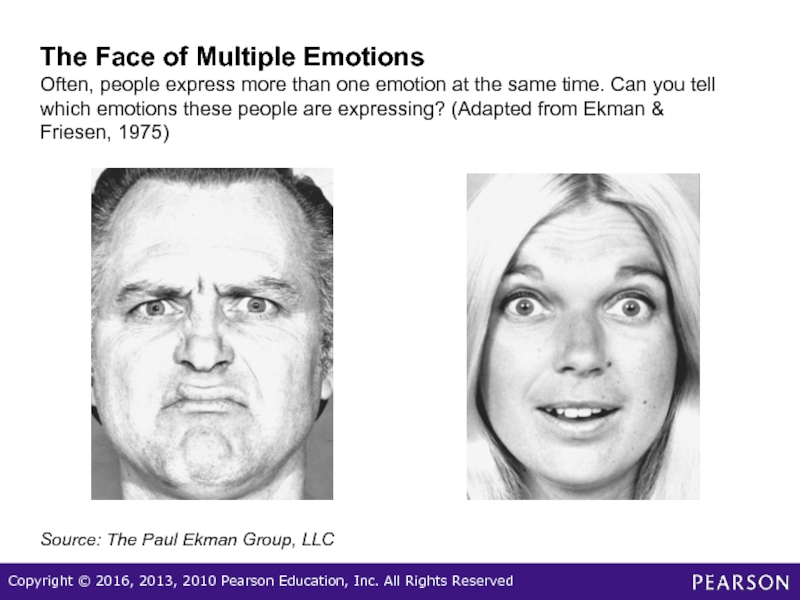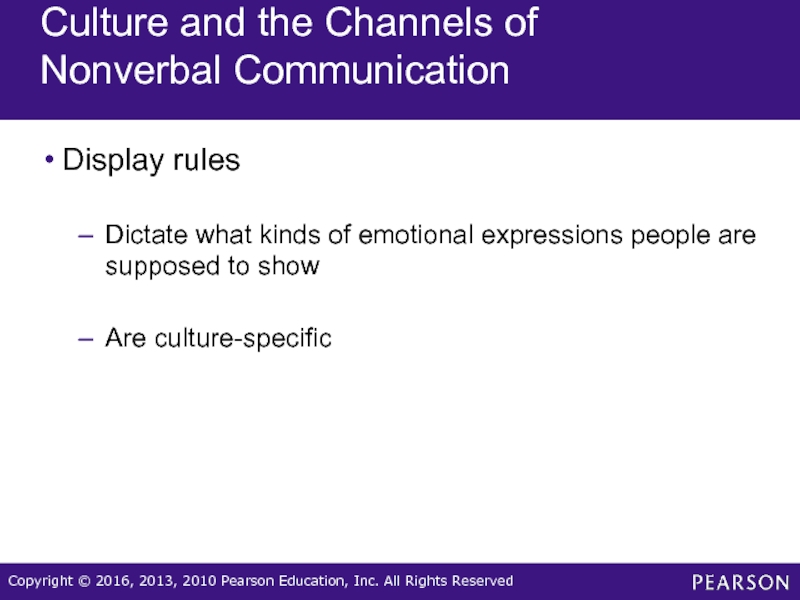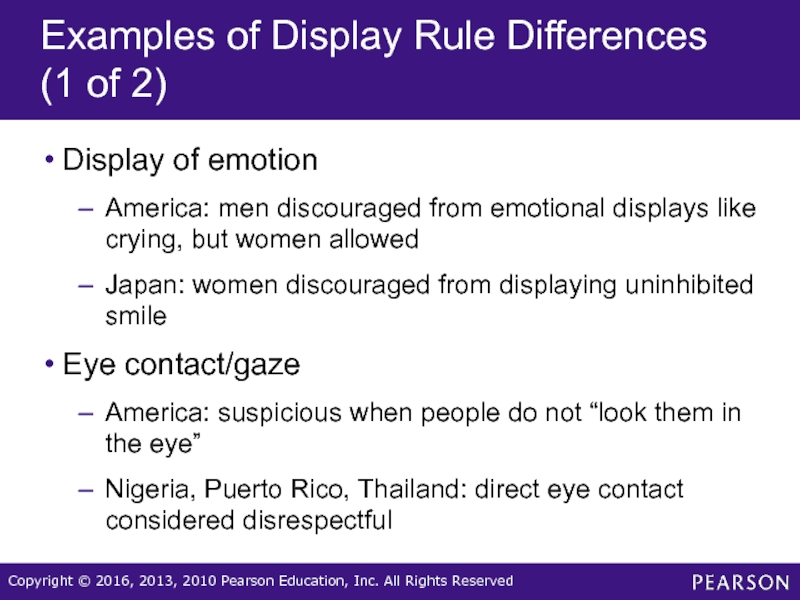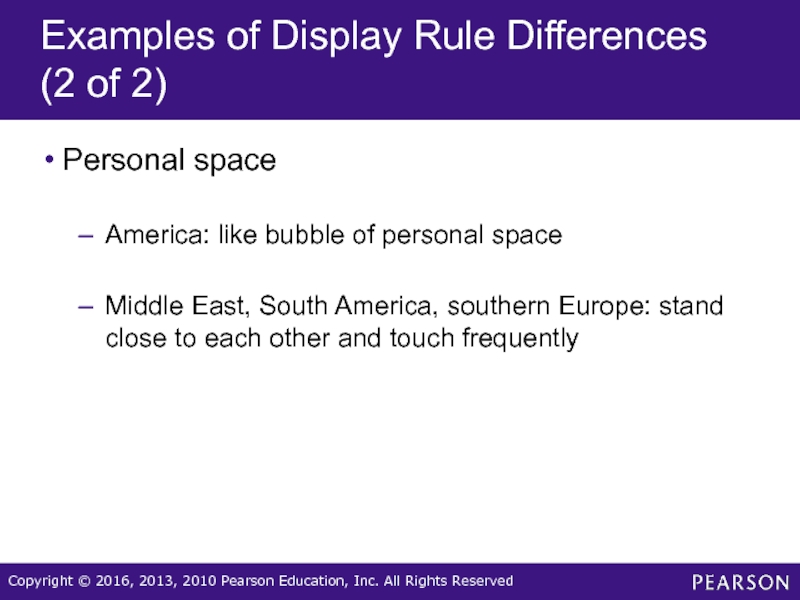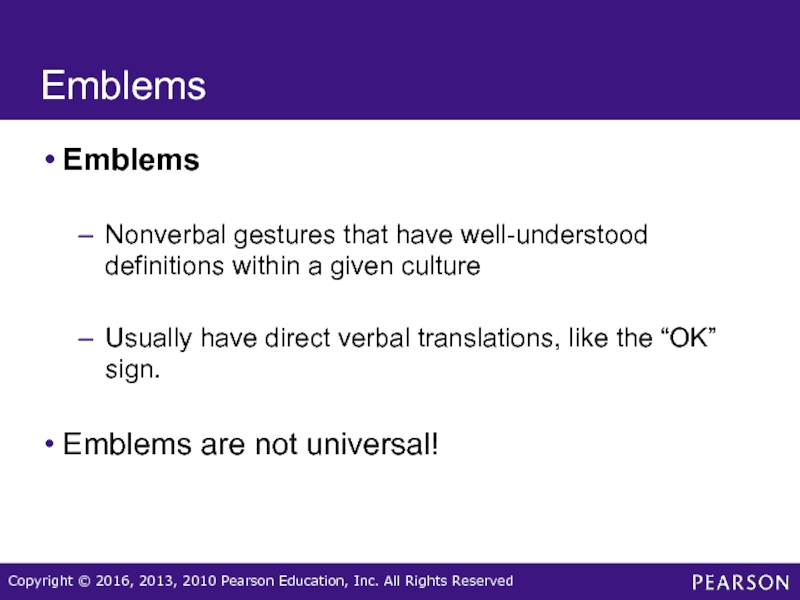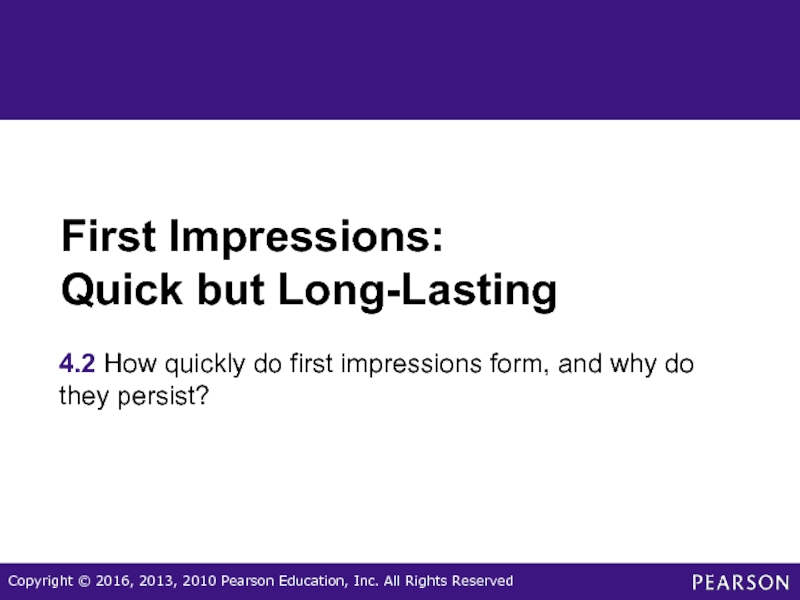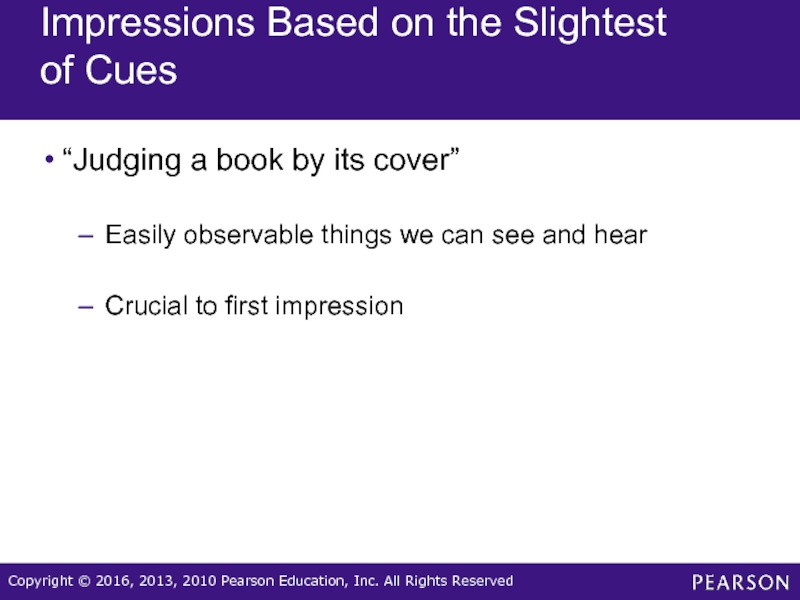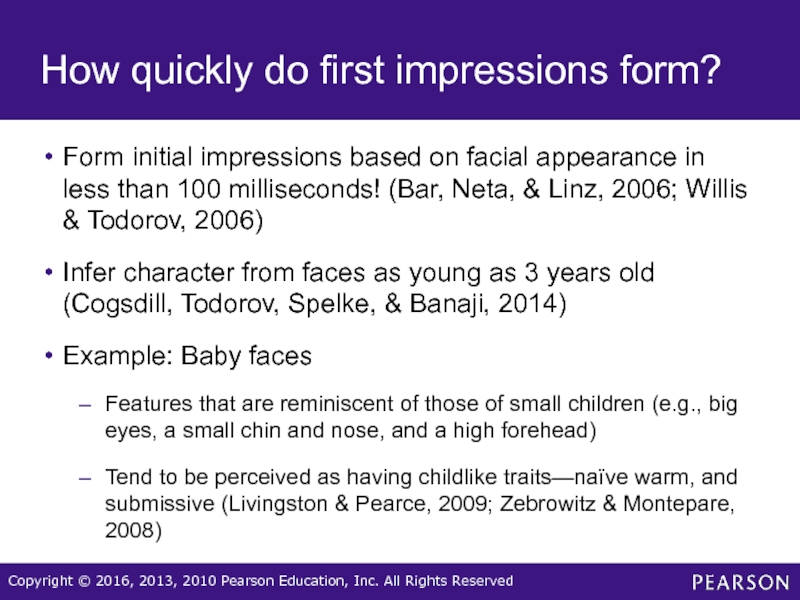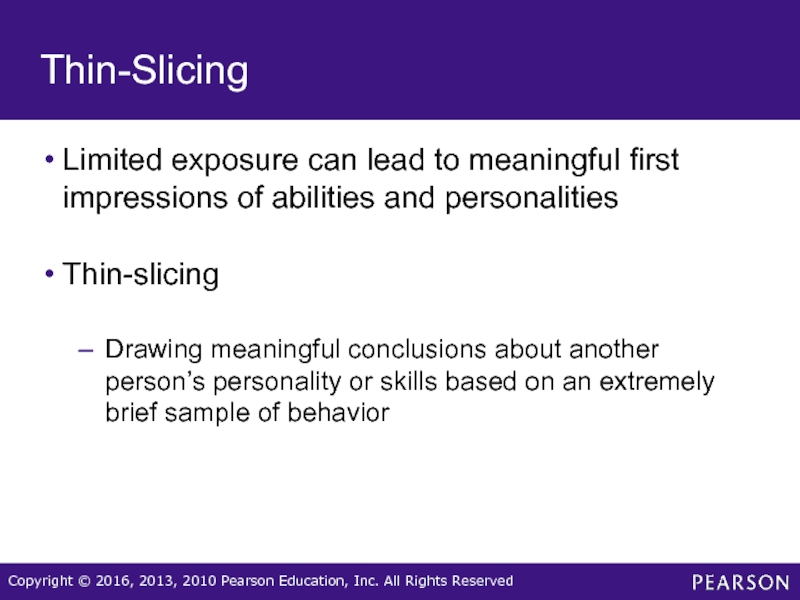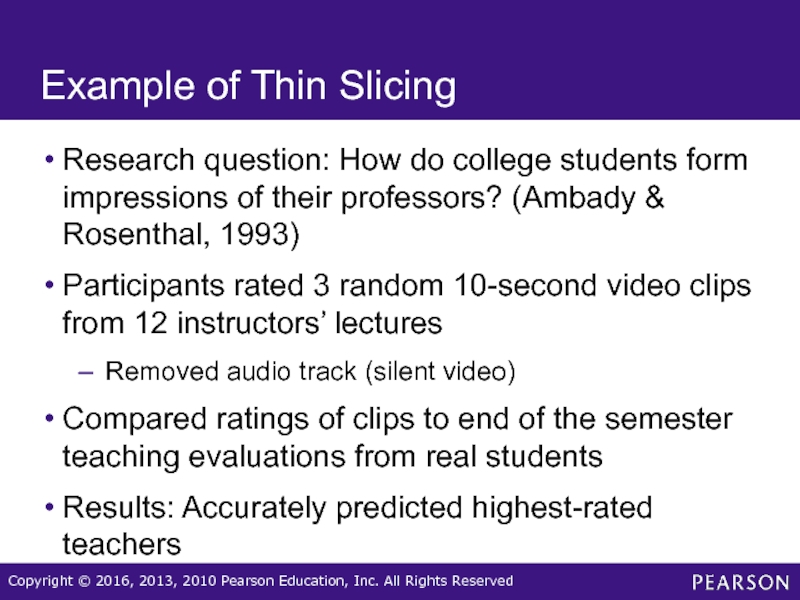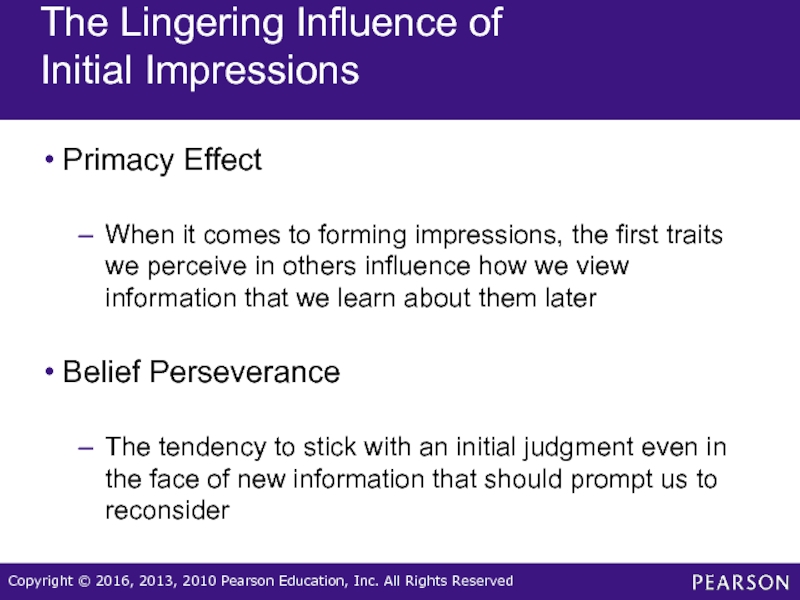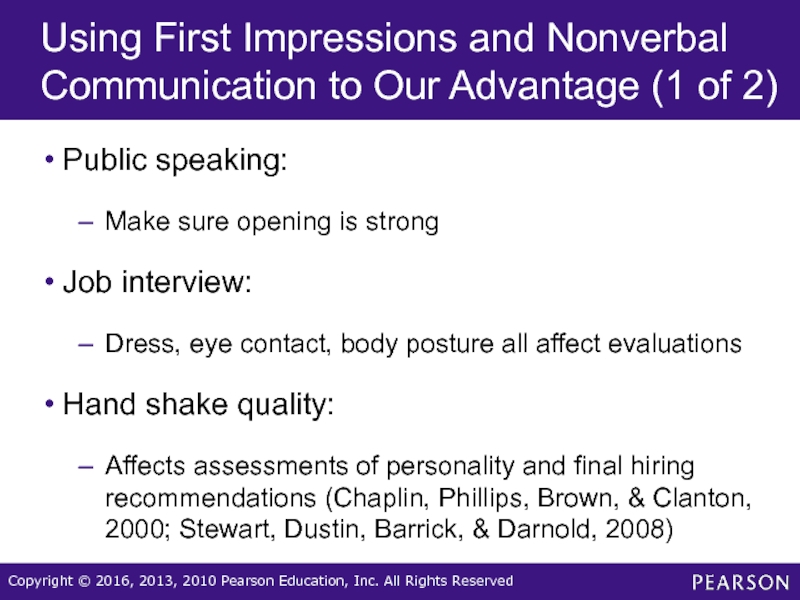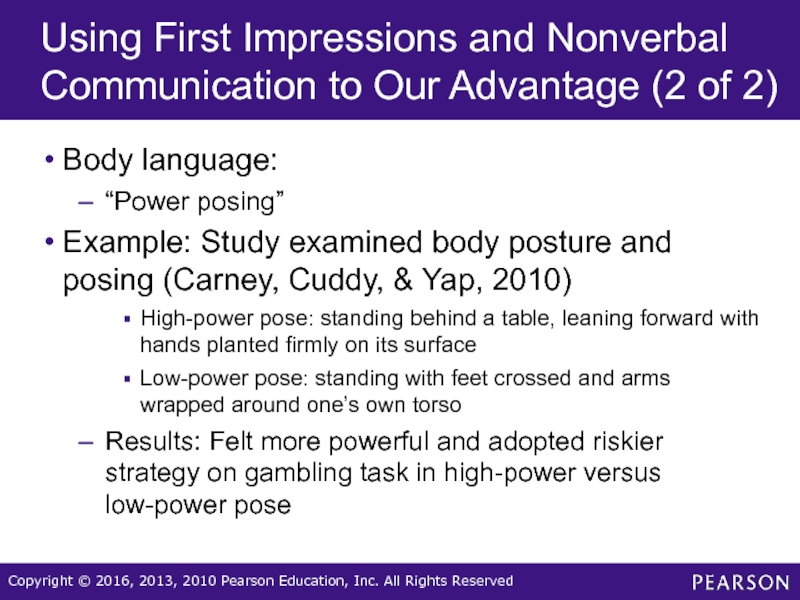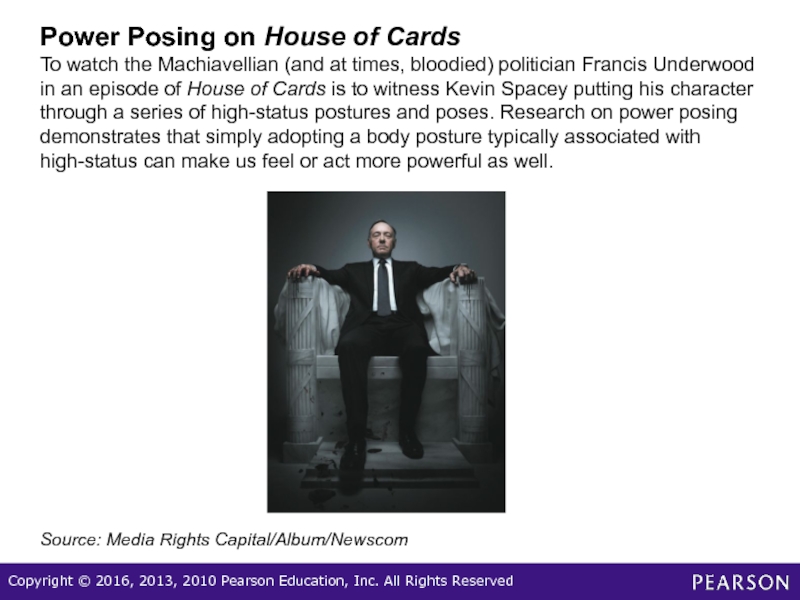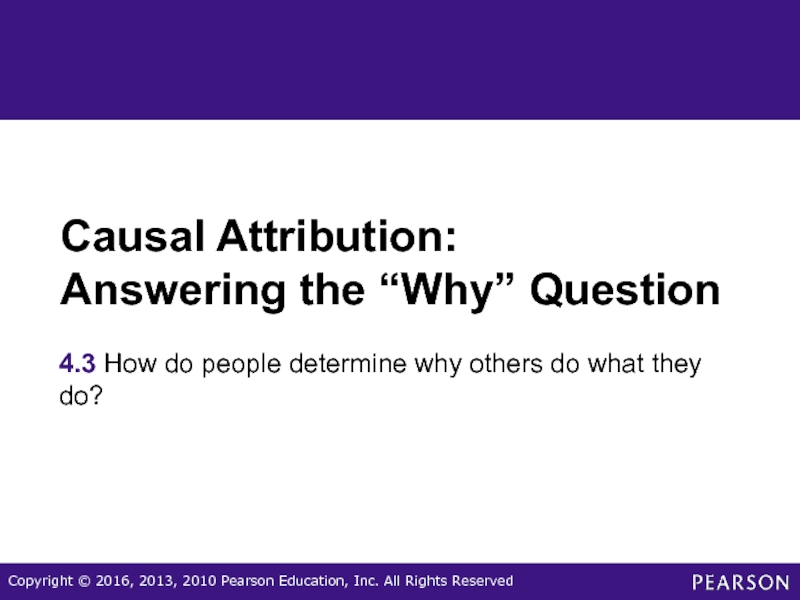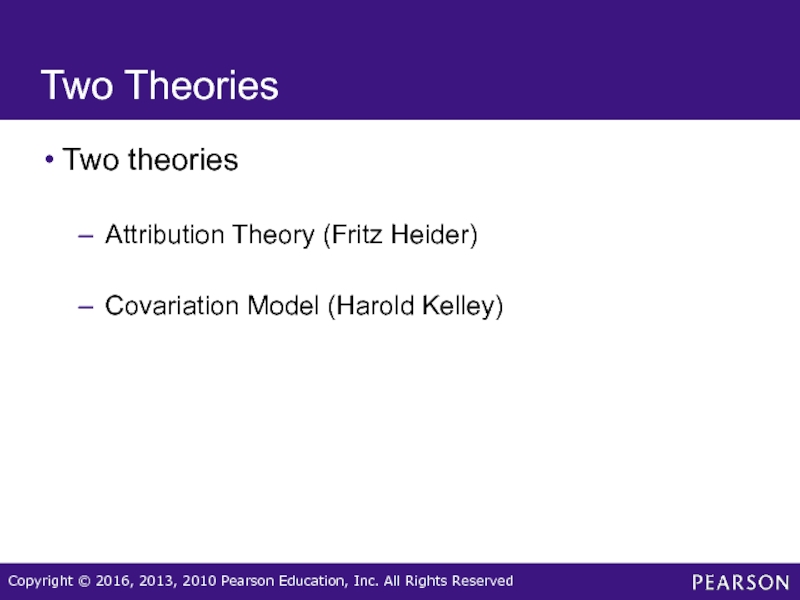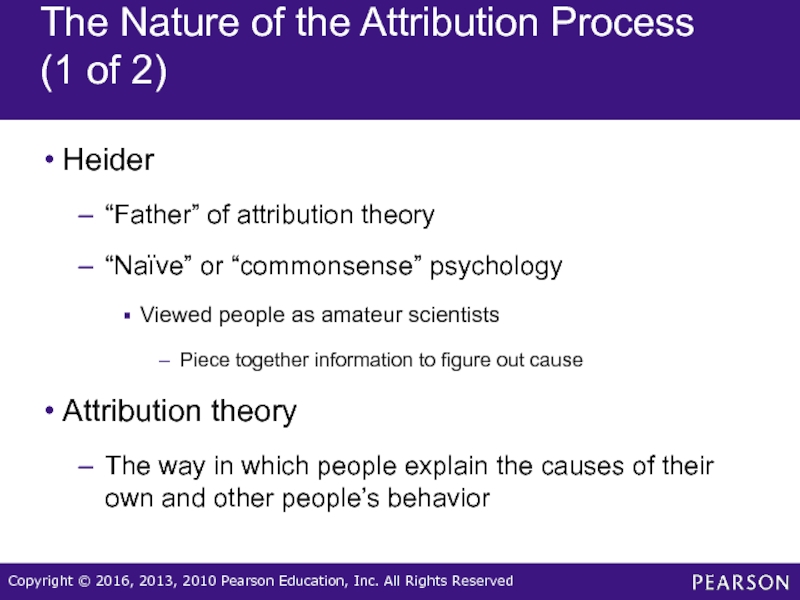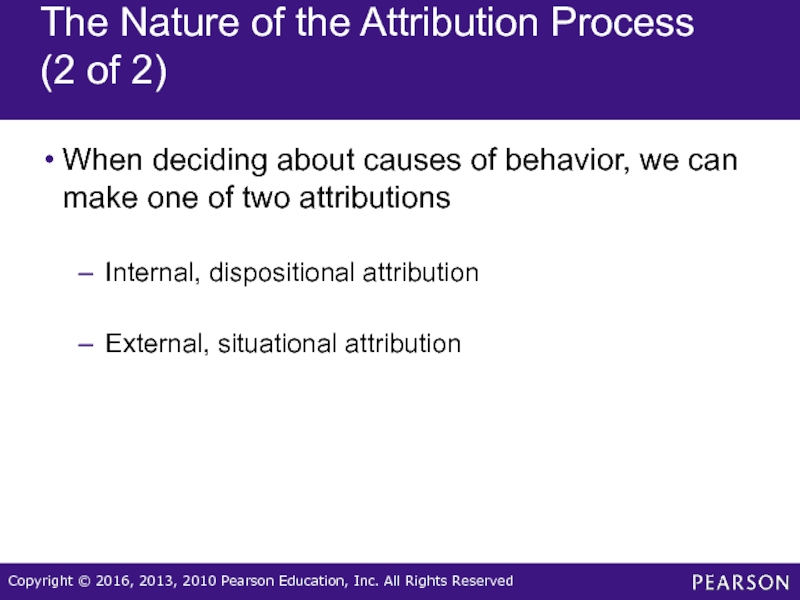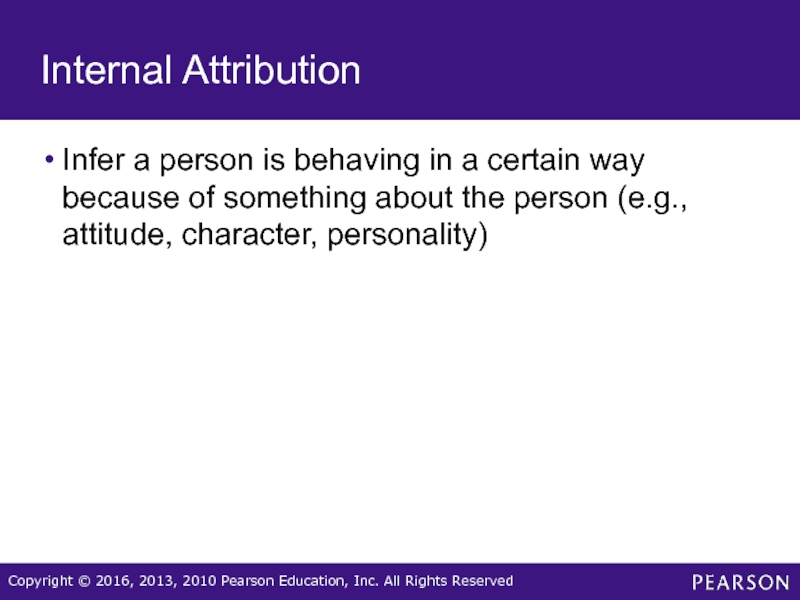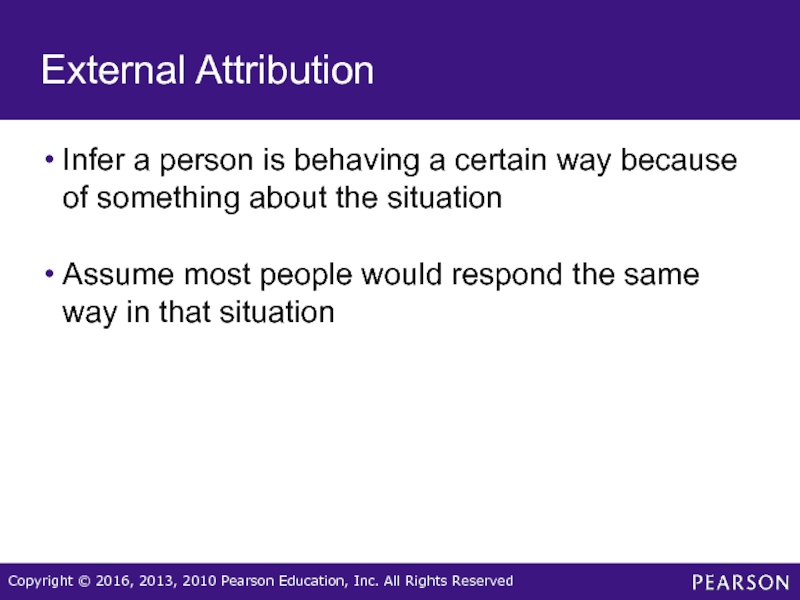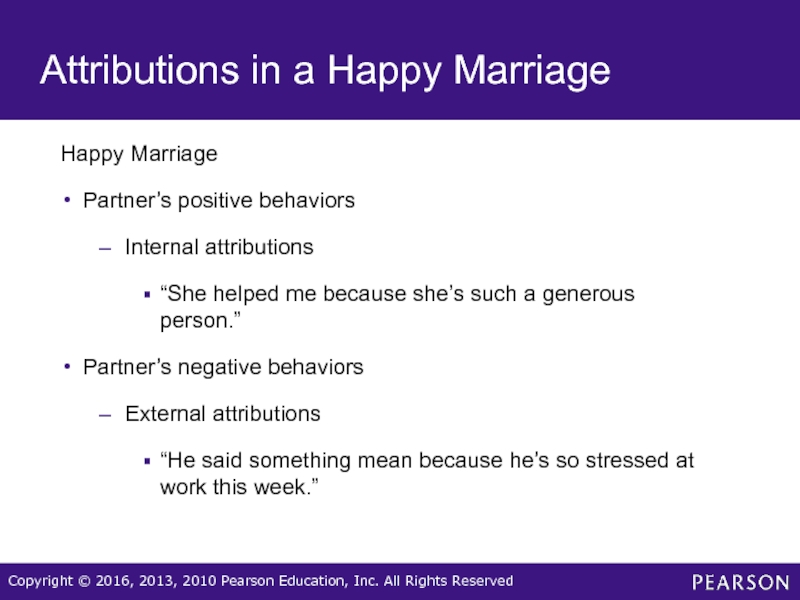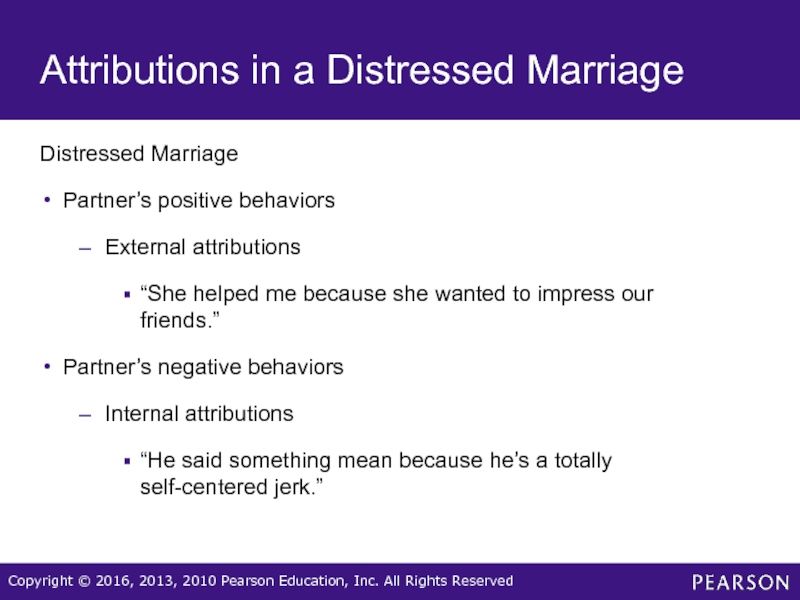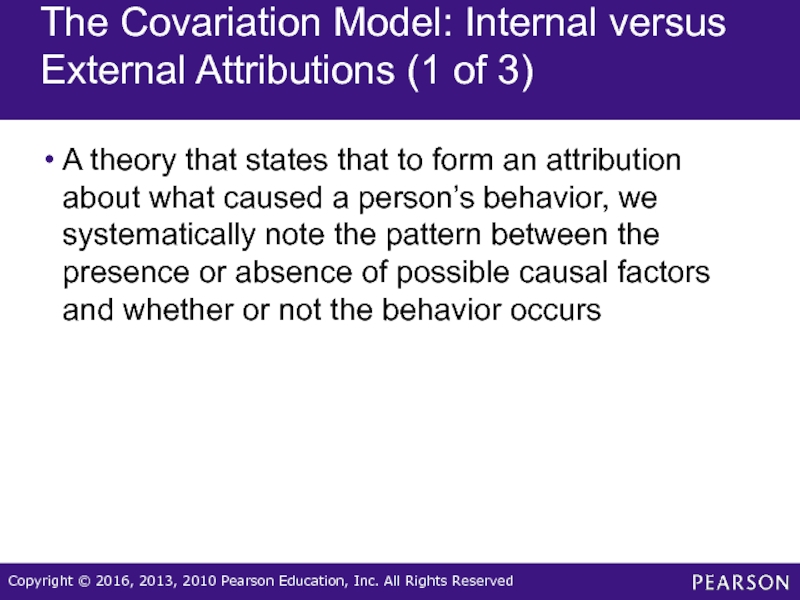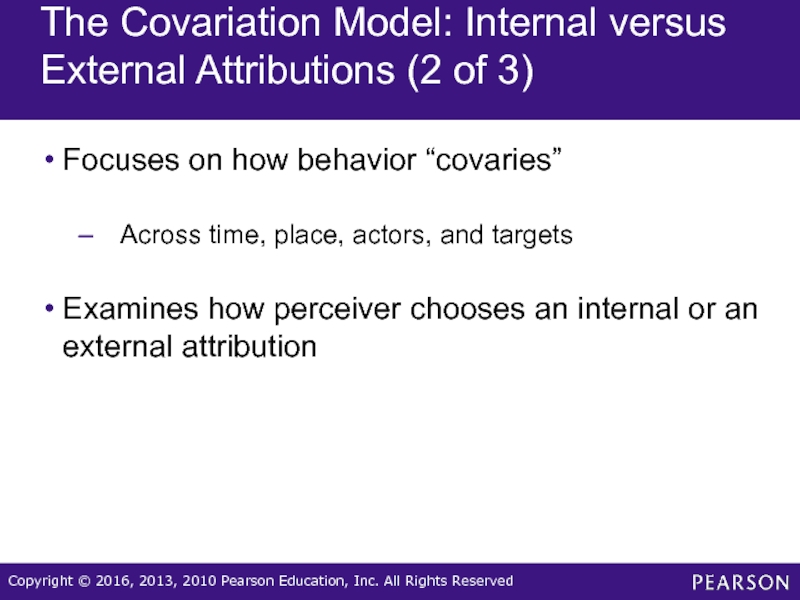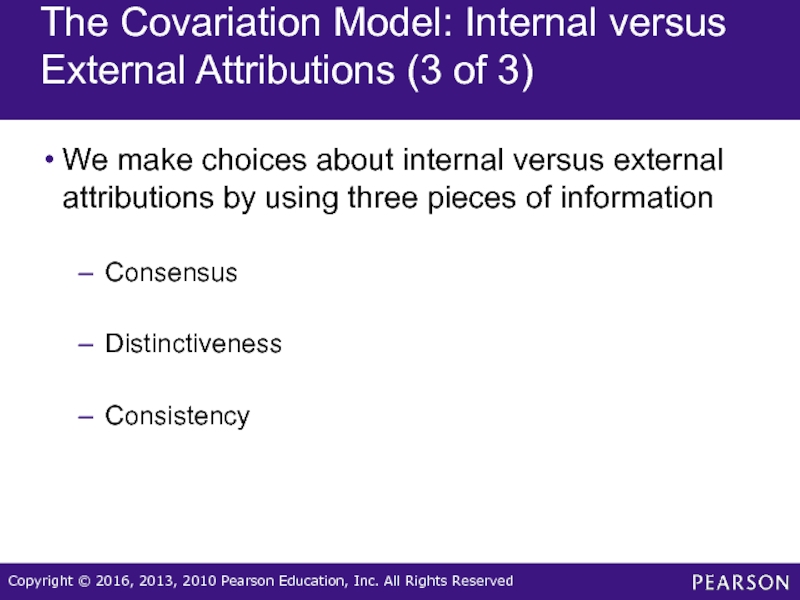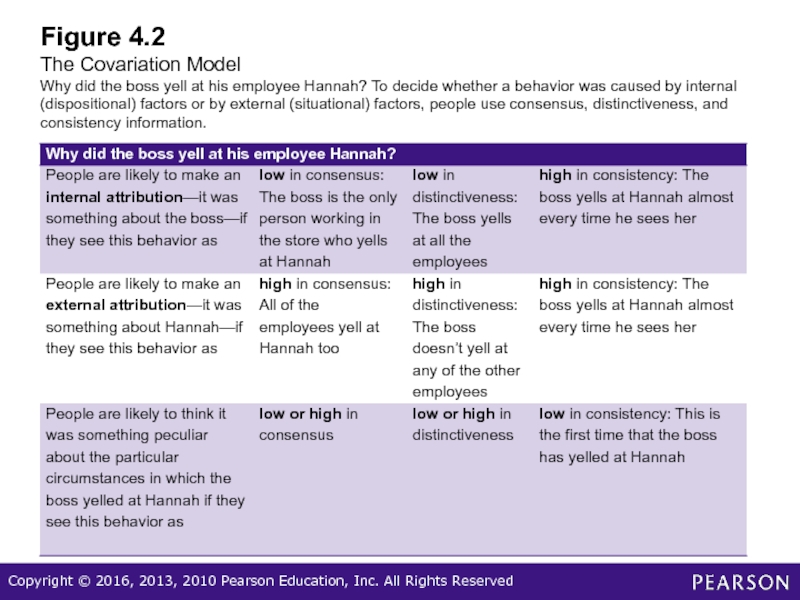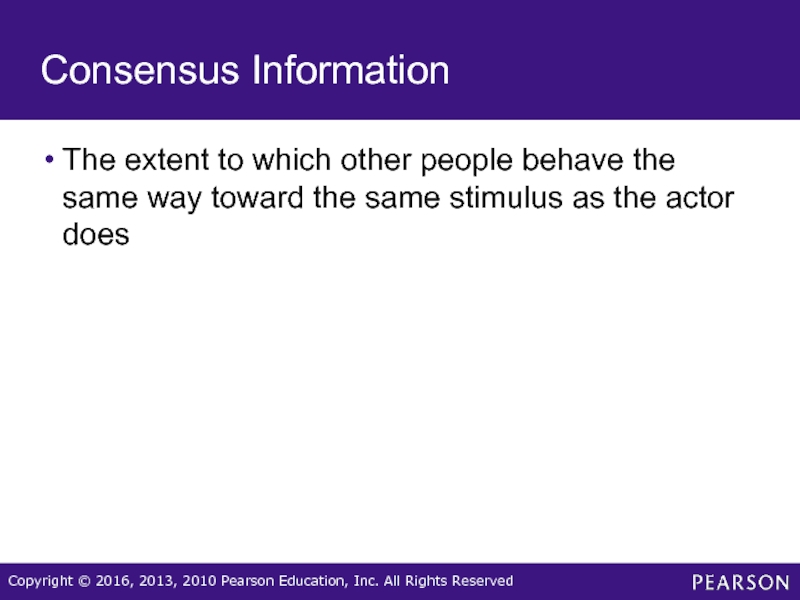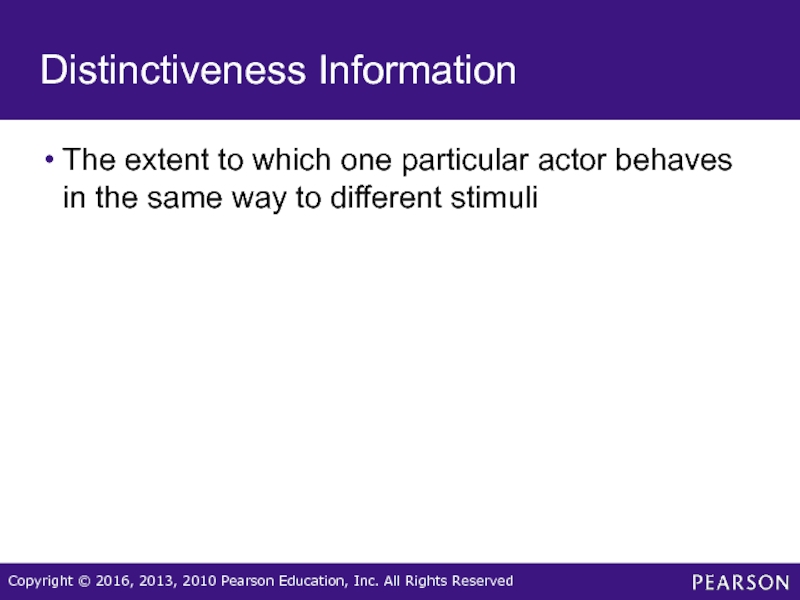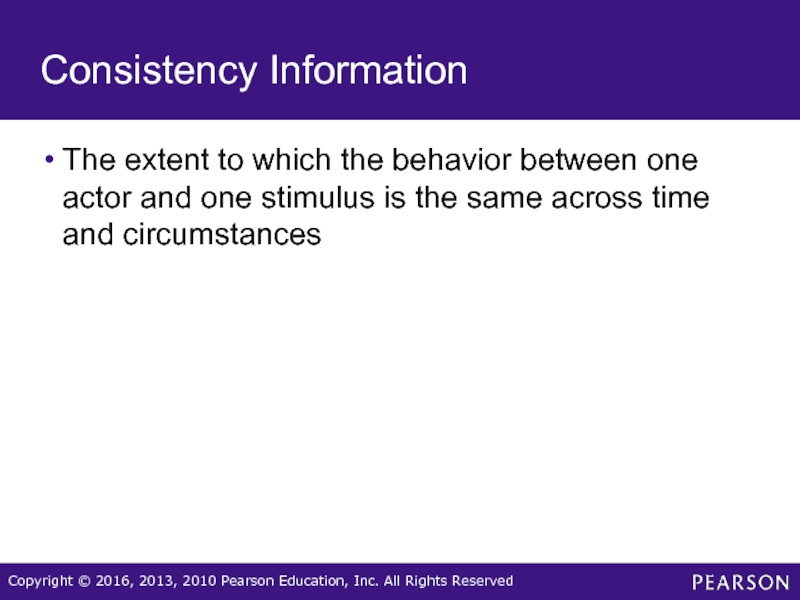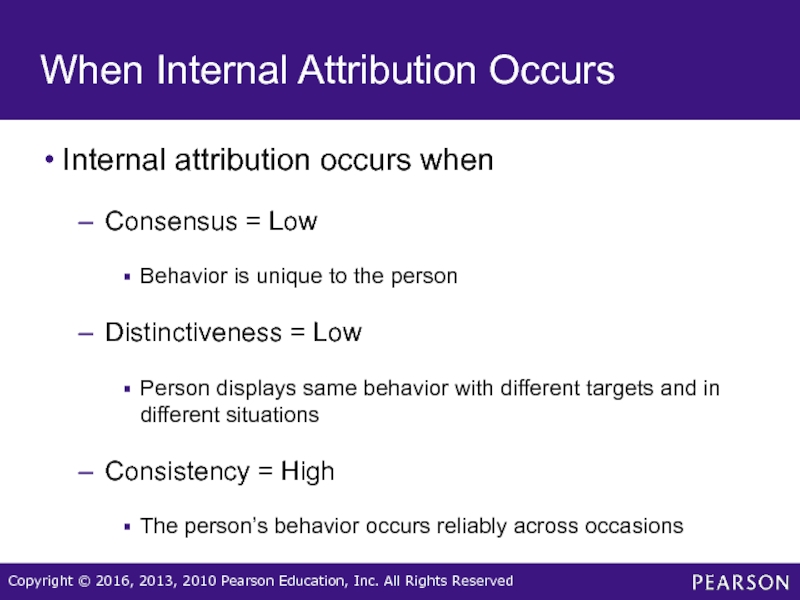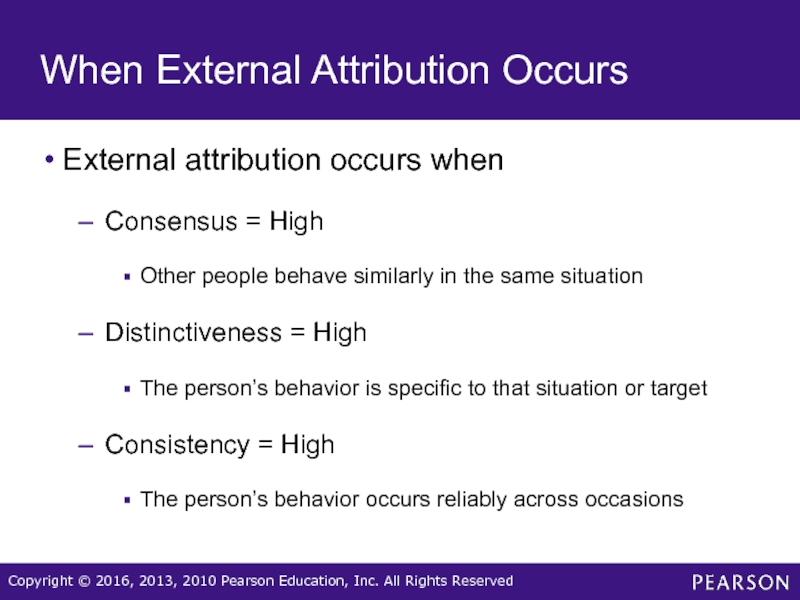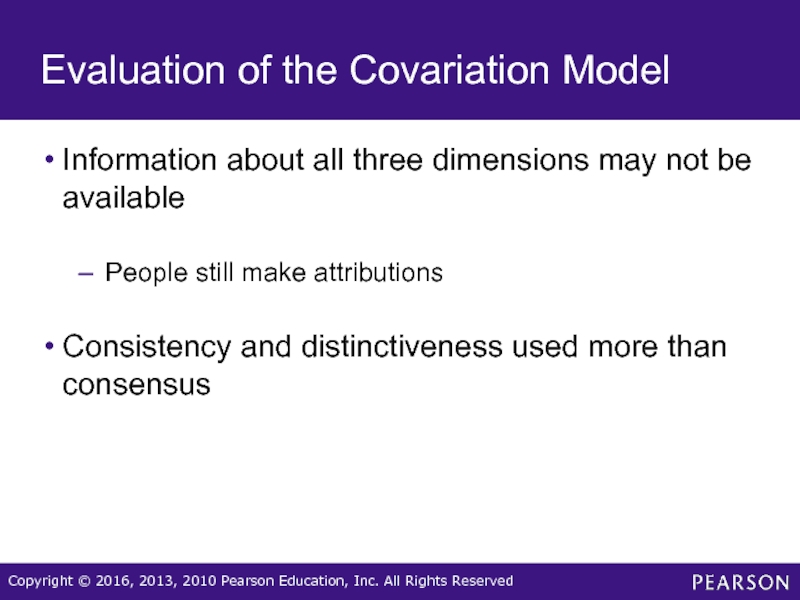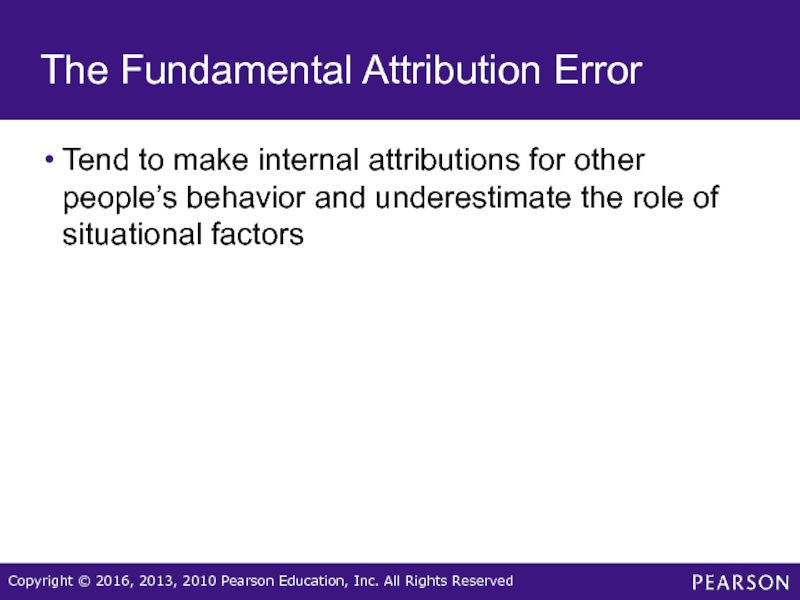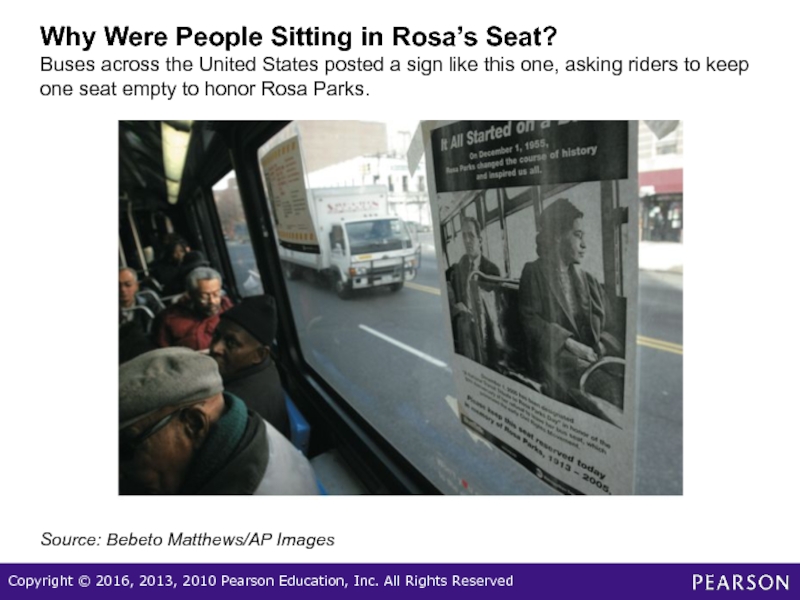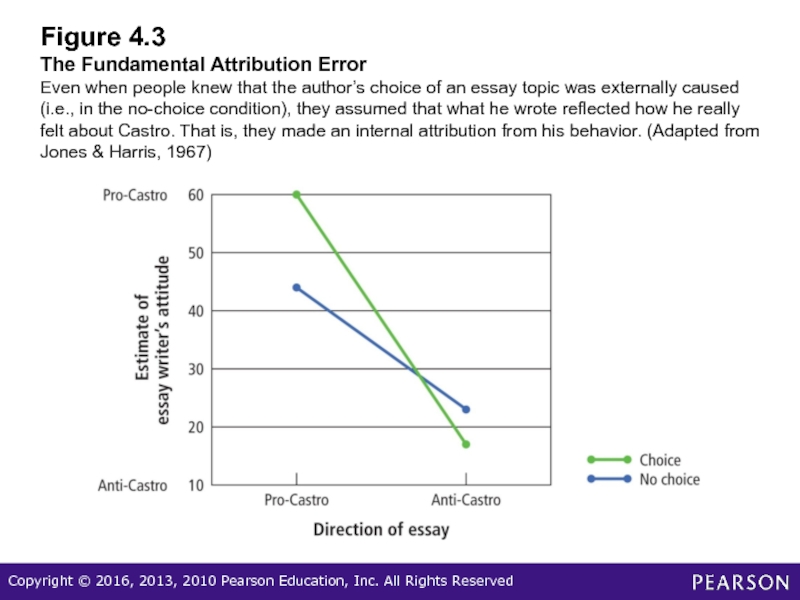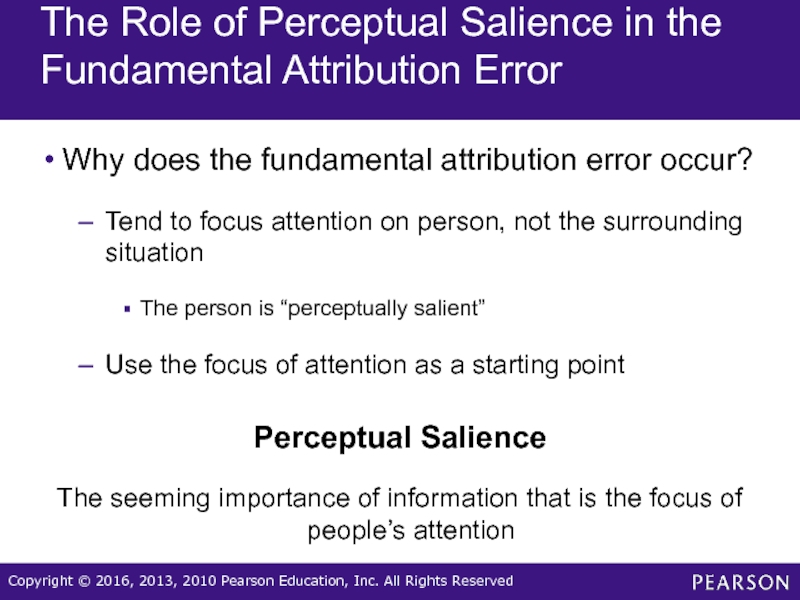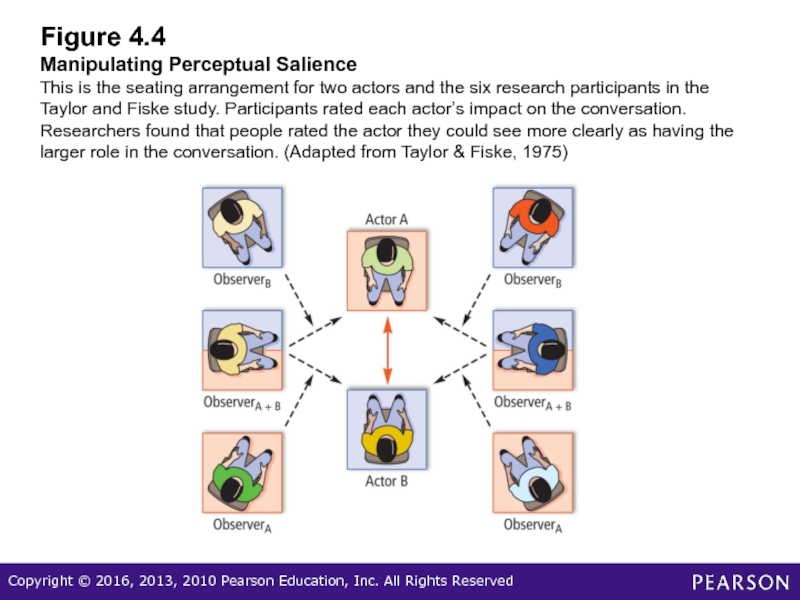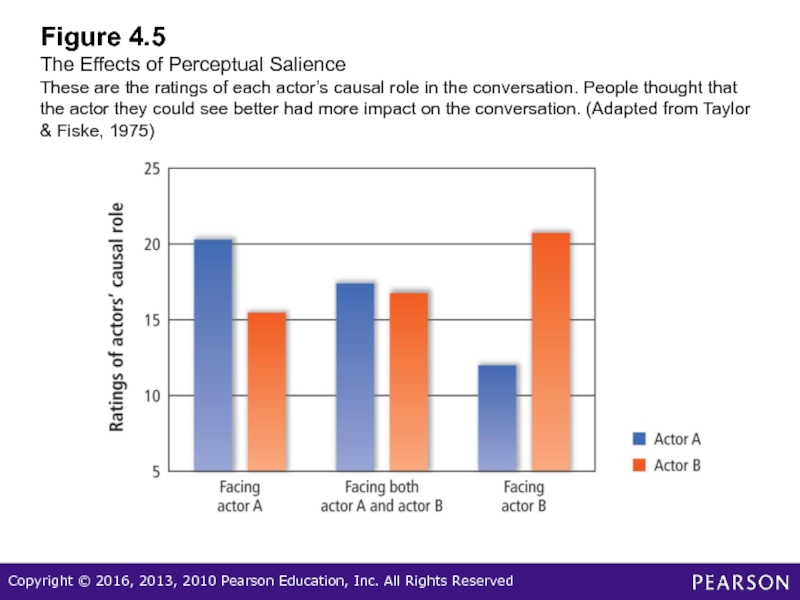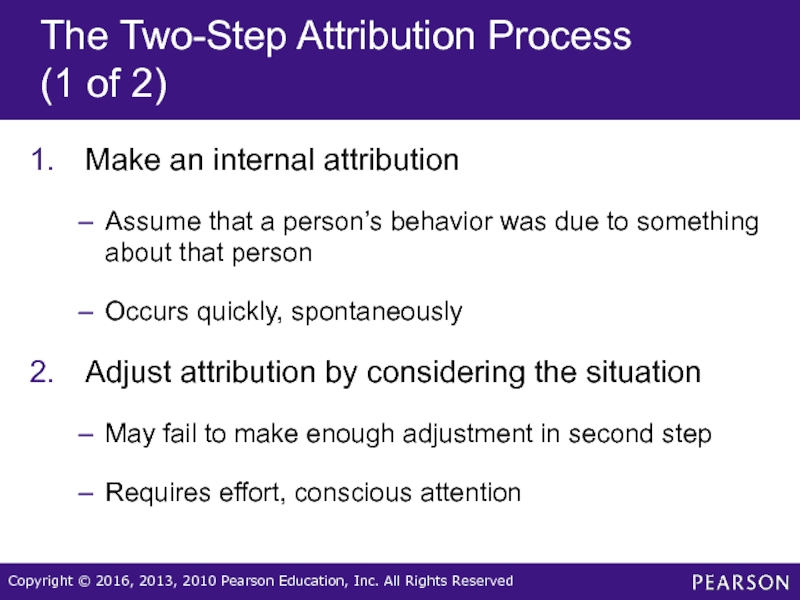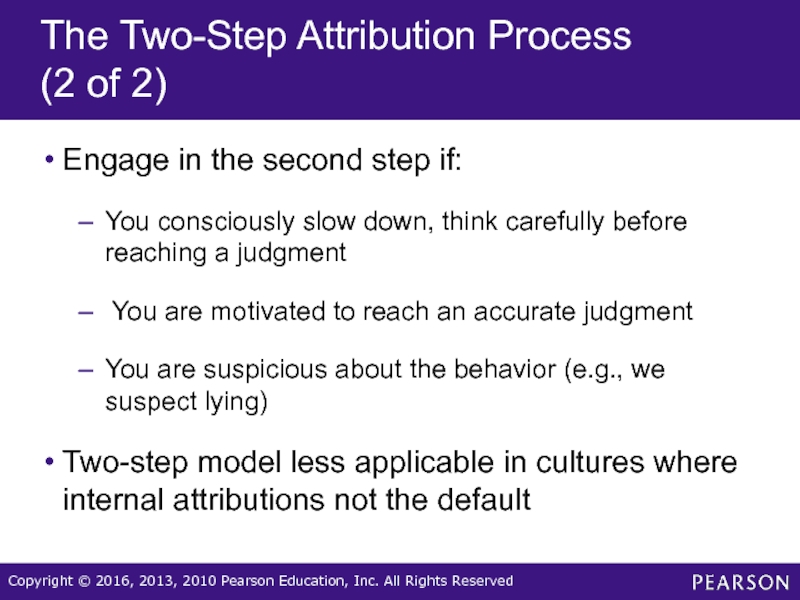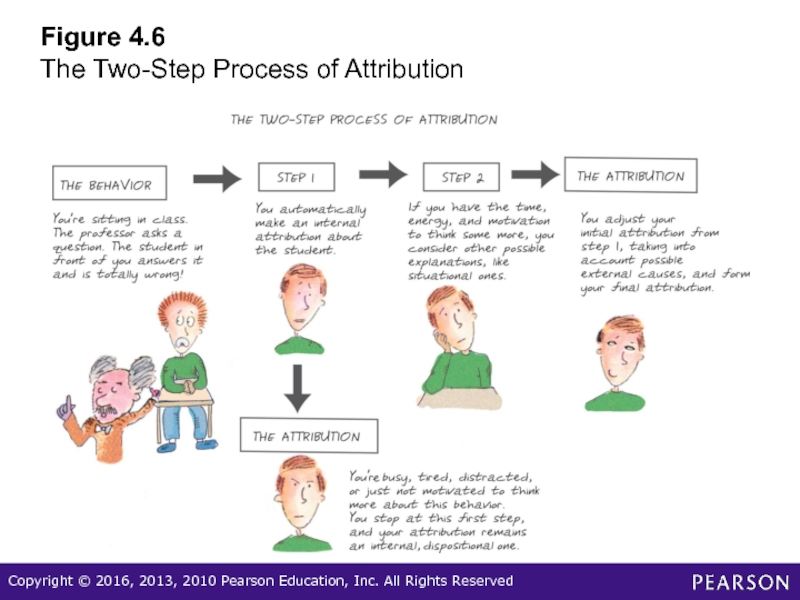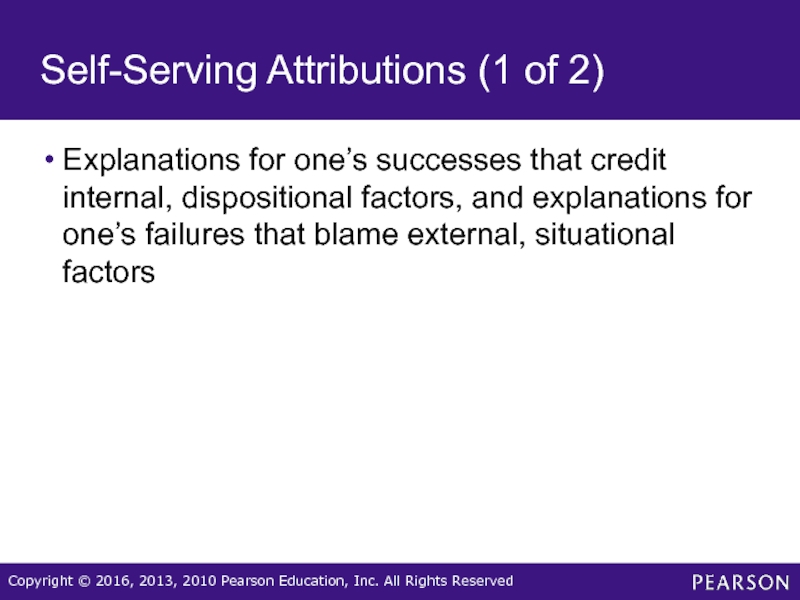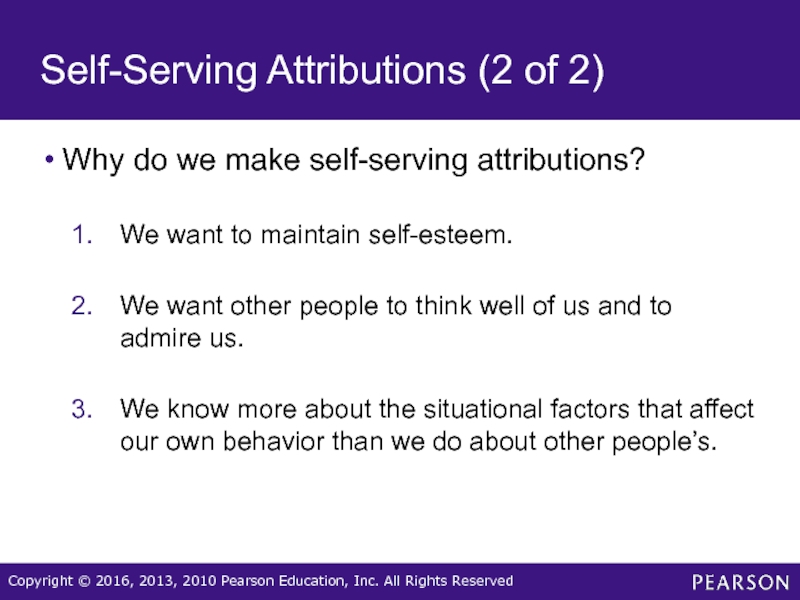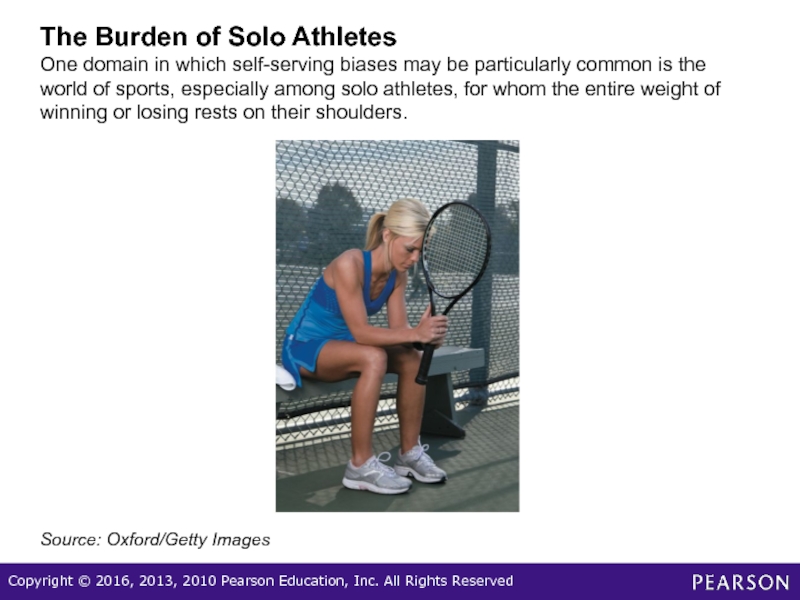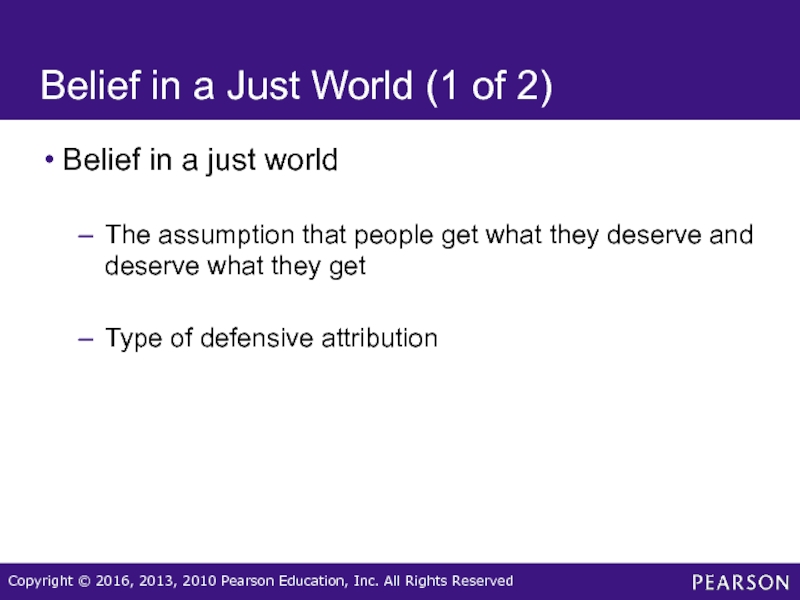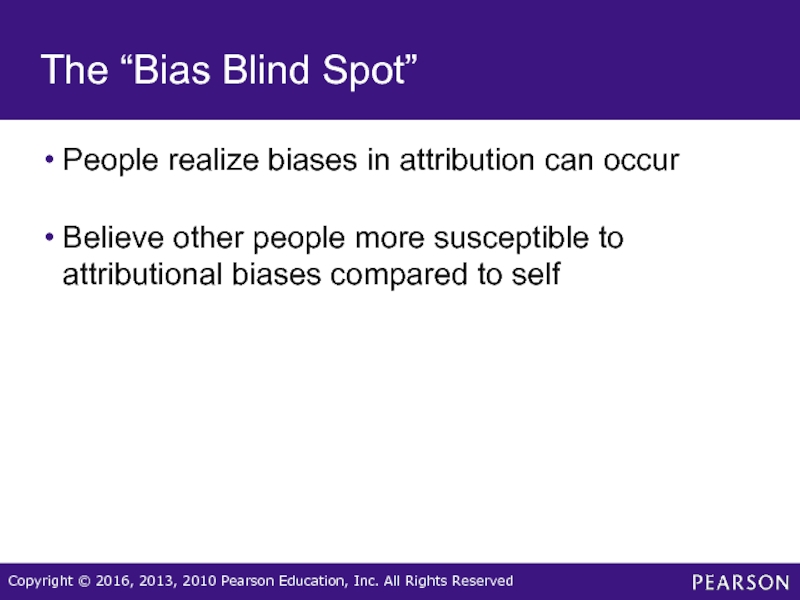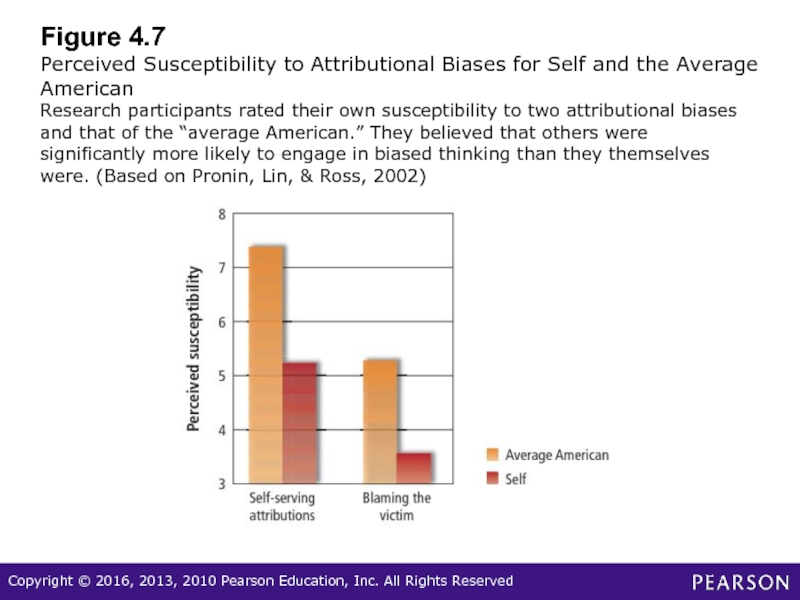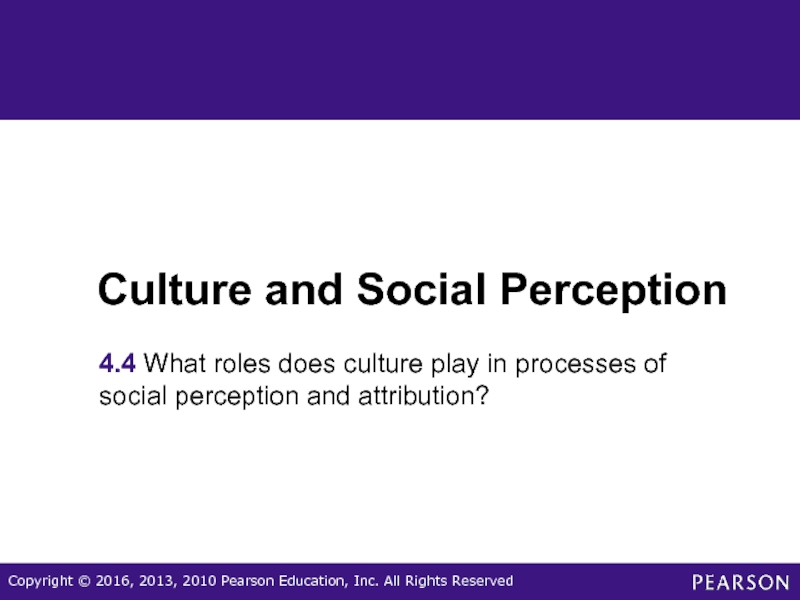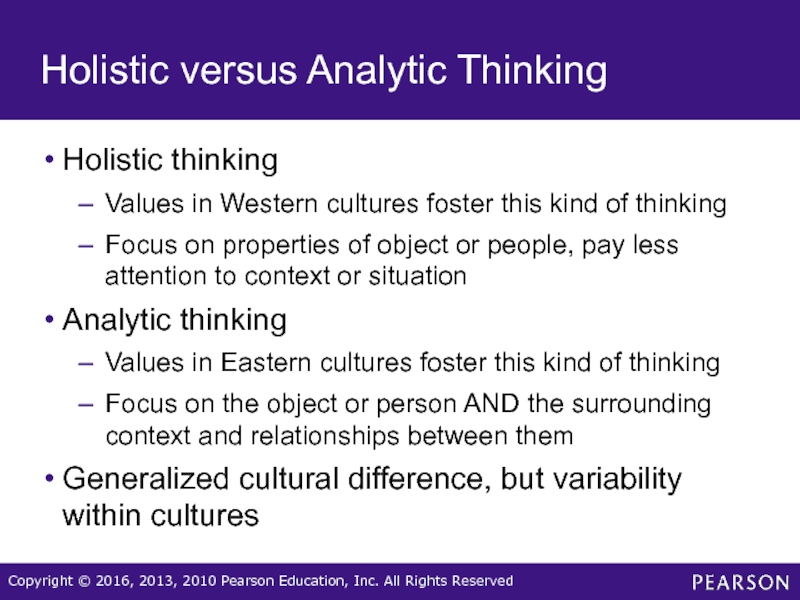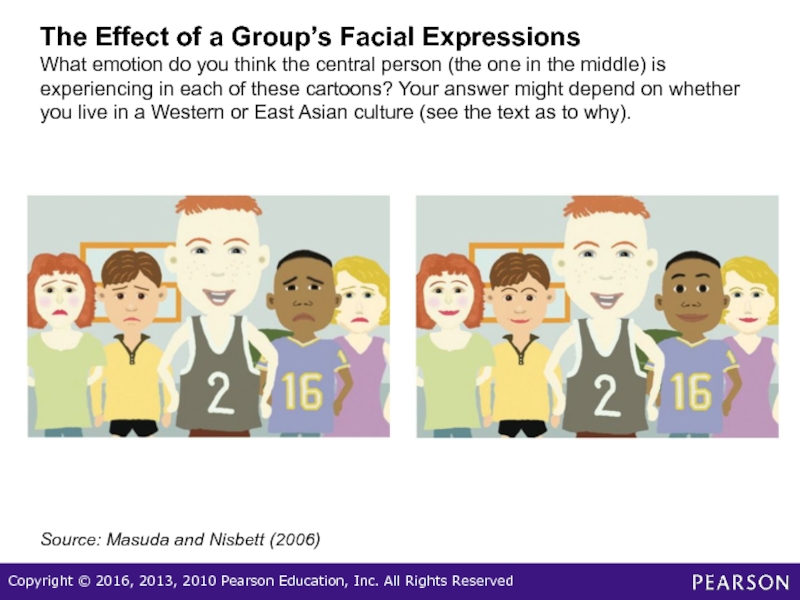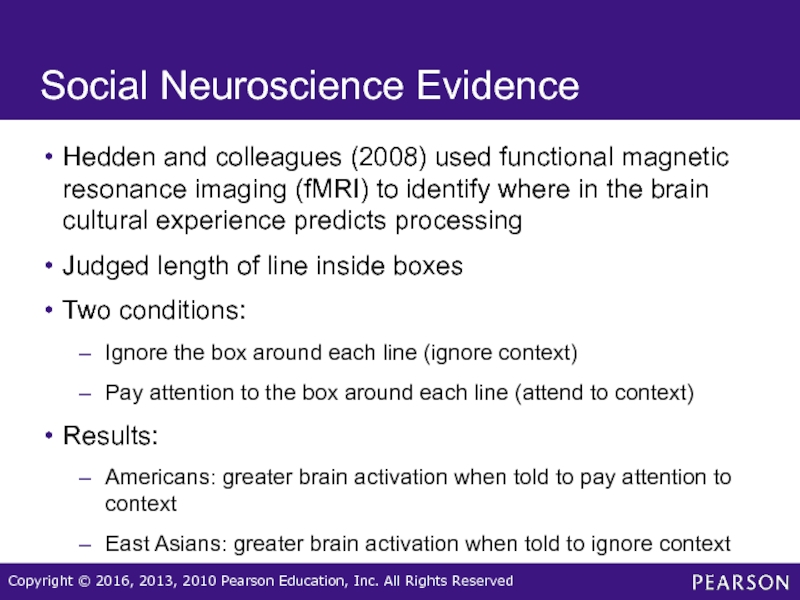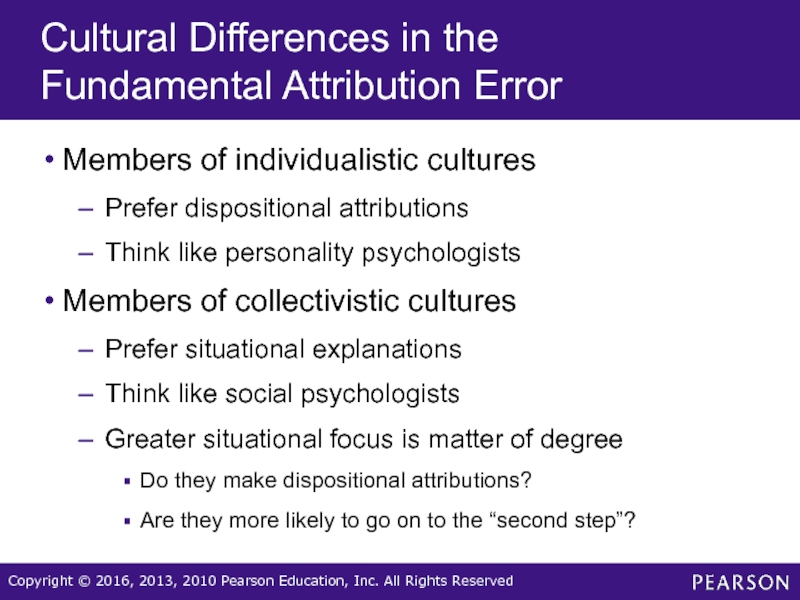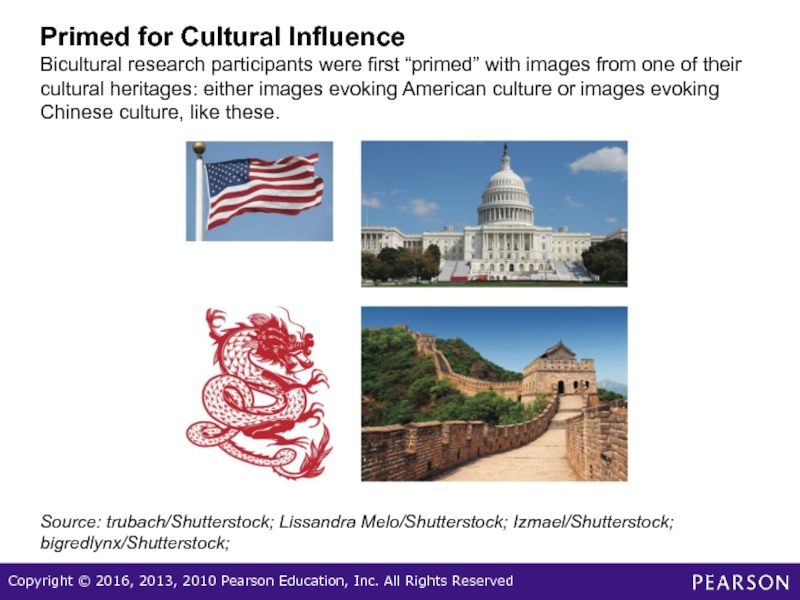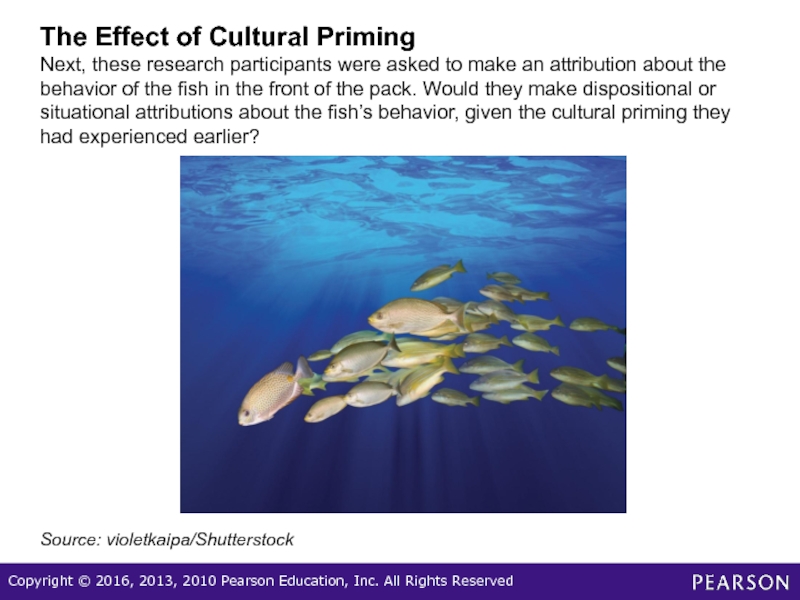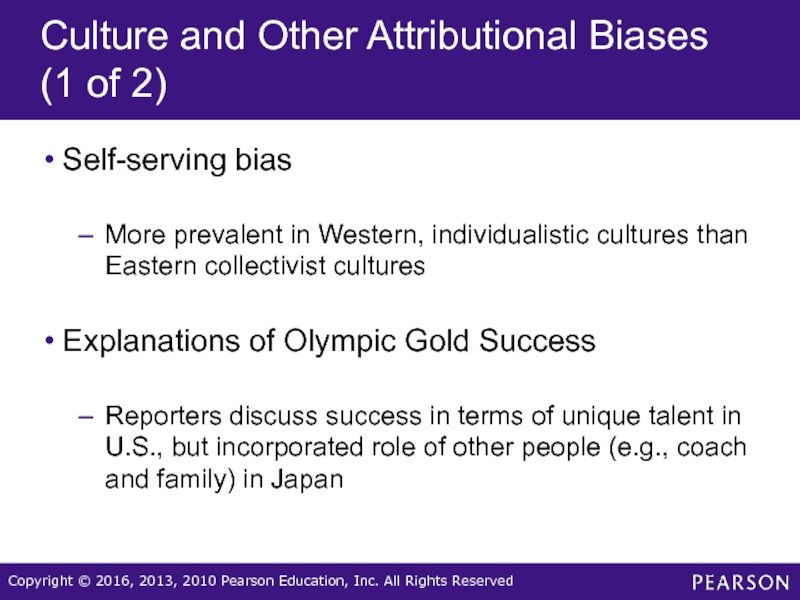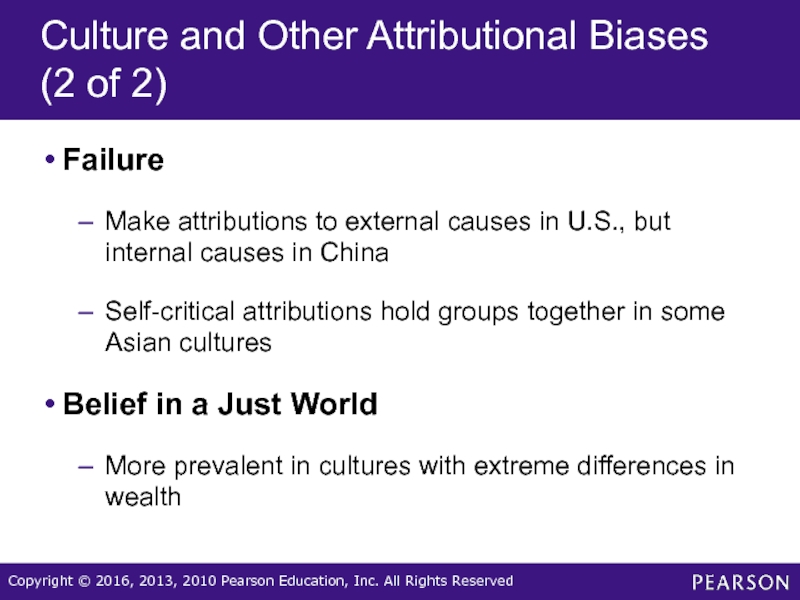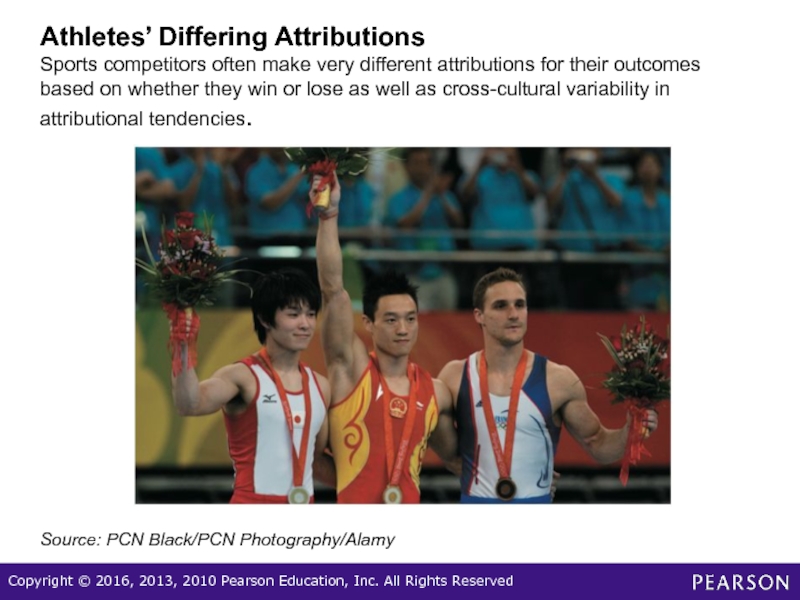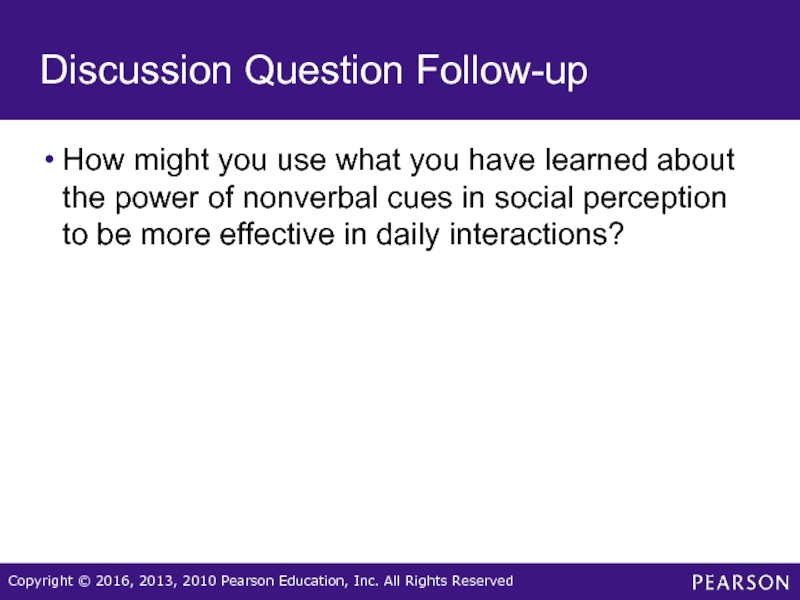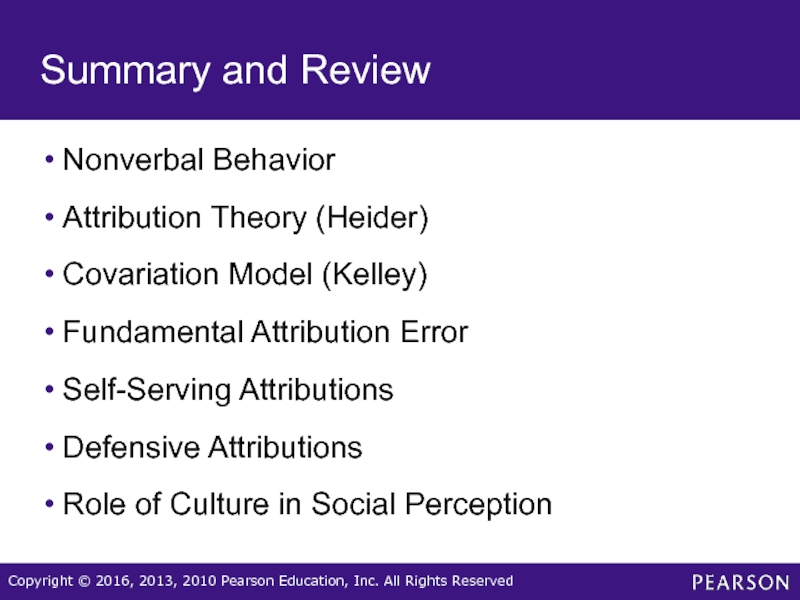- Главная
- Разное
- Дизайн
- Бизнес и предпринимательство
- Аналитика
- Образование
- Развлечения
- Красота и здоровье
- Финансы
- Государство
- Путешествия
- Спорт
- Недвижимость
- Армия
- Графика
- Культурология
- Еда и кулинария
- Лингвистика
- Английский язык
- Астрономия
- Алгебра
- Биология
- География
- Детские презентации
- Информатика
- История
- Литература
- Маркетинг
- Математика
- Медицина
- Менеджмент
- Музыка
- МХК
- Немецкий язык
- ОБЖ
- Обществознание
- Окружающий мир
- Педагогика
- Русский язык
- Технология
- Физика
- Философия
- Химия
- Шаблоны, картинки для презентаций
- Экология
- Экономика
- Юриспруденция
Social Perception: How We Come to Understand Other People презентация
Содержание
- 1. Social Perception: How We Come to Understand Other People
- 2. Discussion Question When you text or email,
- 3. Learning Objectives 4.1 How do people use nonverbal
- 4. Nonverbal Communication 4.1 How do people use nonverbal cues to understand others?
- 5. Social Perception (1 of 3) When the
- 6. Social Perception (2 of 3) Why are
- 7. Social Perception (3 of 3) The study
- 8. Nonverbal Behavior Nonverbal Communication How people communicate,
- 9. Evolution and Facial Expressions (1 of 3)
- 10. Evolution and Facial Expressions (2 of 3)
- 11. Evolution and Facial Expressions (3 of 3)
- 12. Facial Expressions of Emotions (1 of 2)
- 13. Facial Expressions of Emotion (2 of 2)
- 14. The Picture of Pride The nonverbal expression
- 15. McKayla and Barack Are Not Impressed President
- 16. Why Is Decoding Sometimes Difficult? Affect blends
- 17. The Face of Multiple Emotions Often, people
- 18. Culture and the Channels of Nonverbal
- 19. Examples of Display Rule Differences (1
- 20. Examples of Display Rule Differences (2
- 21. Emblems Emblems Nonverbal gestures that have well-understood
- 22. First Impressions: Quick but Long-Lasting 4.2
- 23. Impressions Based on the Slightest of
- 24. How quickly do first impressions form? Form
- 25. “Babyface” Edmonds: Friendly and Naive? This is
- 26. Thin-Slicing Limited exposure can lead to meaningful
- 27. Example of Thin Slicing Research question:
- 28. The Lingering Influence of Initial Impressions
- 29. Using First Impressions and Nonverbal Communication to
- 30. Using First Impressions and Nonverbal Communication to
- 31. Power Posing on House of Cards To
- 32. Causal Attribution: Answering the “Why” Question
- 33. Two Theories Two theories Attribution Theory (Fritz Heider) Covariation Model (Harold Kelley)
- 34. Attributions for Road Rage According to Fritz
- 35. The Nature of the Attribution Process
- 36. The Nature of the Attribution Process (2
- 37. Internal Attribution Infer a person is behaving
- 38. External Attribution Infer a person is behaving
- 39. Attributions in a Happy Marriage Happy Marriage
- 40. Attributions in a Distressed Marriage Distressed Marriage
- 41. The Covariation Model: Internal versus External Attributions
- 42. The Covariation Model: Internal versus External Attributions
- 43. The Covariation Model: Internal versus External Attributions
- 44. Figure 4.2 The Covariation Model Why did
- 45. Consensus Information The extent to which other
- 46. Distinctiveness Information The extent to which one
- 47. Consistency Information The extent to which the
- 48. When Internal Attribution Occurs Internal attribution occurs
- 49. When External Attribution Occurs External attribution occurs
- 50. Evaluation of the Covariation Model Information
- 51. The Fundamental Attribution Error Tend to make
- 52. Why Were People Sitting in Rosa’s Seat?
- 53. Figure 4.3 The Fundamental Attribution Error Even
- 54. The Role of Perceptual Salience in the
- 55. Figure 4.4 Manipulating Perceptual Salience This is
- 56. Figure 4.5 The Effects of Perceptual
- 57. The Two-Step Attribution Process (1 of
- 58. The Two-Step Attribution Process (2 of
- 59. Figure 4.6 The Two-Step Process of Attribution
- 60. Self-Serving Attributions (1 of 2) Explanations for
- 61. Self-Serving Attributions (2 of 2) Why do
- 62. The Burden of Solo Athletes One domain
- 63. Belief in a Just World (1 of
- 64. Belief in a Just World (2 of
- 65. The “Bias Blind Spot” People realize
- 66. Figure 4.7 Perceived Susceptibility to Attributional
- 67. Culture and Social Perception 4.4
- 68. Holistic versus Analytic Thinking Holistic thinking Values
- 69. The Effect of a Group’s Facial Expressions
- 70. Social Neuroscience Evidence Hedden and colleagues (2008)
- 71. Cultural Differences in the Fundamental Attribution
- 72. Primed for Cultural Influence Bicultural research participants
- 73. The Effect of Cultural Priming Next, these
- 74. Culture and Other Attributional Biases (1 of
- 75. Culture and Other Attributional Biases (2
- 76. Athletes’ Differing Attributions Sports competitors often make
- 77. Discussion Question Follow-up How might you use
- 78. Summary and Review Nonverbal Behavior Attribution
Слайд 2Discussion Question
When you text or email, do you regularly use emojis,
Слайд 3Learning Objectives
4.1 How do people use nonverbal cues to understand others?
4.2 How quickly
4.3 How do people determine why others do what they do?
4.4 What role does culture play in processes of social perception and attribution?
Слайд 5Social Perception (1 of 3)
When the eyes say one thing, and
Слайд 6Social Perception (2 of 3)
Why are people the way they are?
Why do people act the way do?
Thinking about people and their behavior helps us to understand and predict our social world
Слайд 7Social Perception (3 of 3)
The study of how we form impressions
Слайд 8Nonverbal Behavior
Nonverbal Communication
How people communicate, intentionally or unintentionally, without words
Examples:
Facial expressions
Tone
Gestures
Body position
Movement
Use of touch
Gaze
Слайд 9Evolution and Facial Expressions (1 of 3)
Crown jewel of nonverbal communication:
Why?
Communicativeness of human face
Слайд 10Evolution and Facial Expressions (2 of 3)
Encode
Express or emit nonverbal behavior
Examples:
Decode
Interpret the meaning of nonverbal behavior
Example: deciding pat on the back was an expression of condescension, not kindness
Слайд 11Evolution and Facial Expressions (3 of 3)
Darwin
Nonverbal forms of communication is
Example: Susskind and colleagues (2008)
Studied facial expressions of fear and disgust
Found that muscle movements opposite each other
Fear: enhanced perception—facial and eye movements increase sensory input (e.g., widening the visual field, increasing the volume of air in the nose, and speeding up eye movements)
Disgust: decreased perception—facial and eye movements decrease sensory input (e.g., eyes narrow and less air is breathed in)
Слайд 12Facial Expressions of Emotions (1 of 2) These photographs depict facial expressions
Source: TIPS Images/AGE Fotostock; PhotosIndia.com RM 18/Alamy; OJenny/Shutterstock; Ollyy/Shutterstock; Maksym Bondarchuk/Shutterstock; Pathdoc/Fotolia;
Fotolia; Page
Слайд 13Facial Expressions of Emotion (2 of 2)
Are facial expressions of emotion
Yes, for the six major emotional expressions
Anger, happiness, surprise, fear, disgust, and sadness
Слайд 14The Picture of Pride The nonverbal expression of pride, involving facial expression,
Source: Associated Sports Photography/Alamy
Слайд 15McKayla and Barack Are Not Impressed President Barack Obama and 2012 U.S.
Source: White House Photo/Alamy
Слайд 16Why Is Decoding Sometimes Difficult?
Affect blends
Facial expressions in which one part
Слайд 17The Face of Multiple Emotions Often, people express more than one emotion
Source: The Paul Ekman Group, LLC
Слайд 18Culture and the Channels of
Nonverbal Communication
Display rules
Dictate what kinds
Are culture-specific
Слайд 19Examples of Display Rule Differences
(1 of 2)
Display of emotion
America:
Japan: women discouraged from displaying uninhibited smile
Eye contact/gaze
America: suspicious when people do not “look them in the eye”
Nigeria, Puerto Rico, Thailand: direct eye contact considered disrespectful
Слайд 20Examples of Display Rule Differences
(2 of 2)
Personal space
America: like bubble
Middle East, South America, southern Europe: stand close to each other and touch frequently
Слайд 21Emblems
Emblems
Nonverbal gestures that have well-understood definitions within a given culture
Usually have
Emblems are not universal!
Слайд 22First Impressions:
Quick but Long-Lasting
4.2 How quickly do first impressions form,
Слайд 23Impressions Based on the Slightest
of Cues
“Judging a book by its
Easily observable things we can see and hear
Crucial to first impression
Слайд 24How quickly do first impressions form?
Form initial impressions based on facial
Infer character from faces as young as 3 years old (Cogsdill, Todorov, Spelke, & Banaji, 2014)
Example: Baby faces
Features that are reminiscent of those of small children (e.g., big eyes, a small chin and nose, and a high forehead)
Tend to be perceived as having childlike traits—naïve warm, and submissive (Livingston & Pearce, 2009; Zebrowitz & Montepare, 2008)
Слайд 25“Babyface” Edmonds: Friendly and Naive? This is Kenneth “Babyface” Edmonds, American musical
Source: Jared Milgrim/Everett Collection Inc/Alamy
Слайд 26Thin-Slicing
Limited exposure can lead to meaningful first impressions of abilities and
Thin-slicing
Drawing meaningful conclusions about another person’s personality or skills based on an extremely brief sample of behavior
Слайд 27Example of Thin Slicing
Research question: How do college students form
Participants rated 3 random 10-second video clips from 12 instructors’ lectures
Removed audio track (silent video)
Compared ratings of clips to end of the semester teaching evaluations from real students
Results: Accurately predicted highest-rated teachers
Слайд 28The Lingering Influence of
Initial Impressions
Primacy Effect
When it comes to forming
Belief Perseverance
The tendency to stick with an initial judgment even in the face of new information that should prompt us to reconsider
Слайд 29Using First Impressions and Nonverbal Communication to Our Advantage (1 of
Public speaking:
Make sure opening is strong
Job interview:
Dress, eye contact, body posture all affect evaluations
Hand shake quality:
Affects assessments of personality and final hiring recommendations (Chaplin, Phillips, Brown, & Clanton, 2000; Stewart, Dustin, Barrick, & Darnold, 2008)
Слайд 30Using First Impressions and Nonverbal Communication to Our Advantage (2 of
Body language:
“Power posing”
Example: Study examined body posture and posing (Carney, Cuddy, & Yap, 2010)
High-power pose: standing behind a table, leaning forward with hands planted firmly on its surface
Low-power pose: standing with feet crossed and arms wrapped around one’s own torso
Results: Felt more powerful and adopted riskier strategy on gambling task in high-power versus low-power pose
Слайд 31Power Posing on House of Cards To watch the Machiavellian (and at
Source: Media Rights Capital/Album/Newscom
Слайд 32Causal Attribution:
Answering the “Why” Question
4.3 How do people determine why
Слайд 34Attributions for Road Rage According to Fritz Heider, we tend to see
Source: Minerva Studio/Fotolia
Слайд 35The Nature of the Attribution Process
(1 of 2)
Heider
“Father” of attribution
“Naïve” or “commonsense” psychology
Viewed people as amateur scientists
Piece together information to figure out cause
Attribution theory
The way in which people explain the causes of their own and other people’s behavior
Слайд 36The Nature of the Attribution Process
(2 of 2)
When deciding about causes
Internal, dispositional attribution
External, situational attribution
Слайд 37Internal Attribution
Infer a person is behaving in a certain way because
Слайд 38External Attribution
Infer a person is behaving a certain way because of
Assume most people would respond the same way in that situation
Слайд 39Attributions in a Happy Marriage
Happy Marriage
Partner’s positive behaviors
Internal attributions
“She
Partner’s negative behaviors
External attributions
“He said something mean because he’s so stressed at work this week.”
Слайд 40Attributions in a Distressed Marriage
Distressed Marriage
Partner’s positive behaviors
External attributions
“She
Partner’s negative behaviors
Internal attributions
“He said something mean because he’s a totally self-centered jerk.”
Слайд 41The Covariation Model: Internal versus External Attributions (1 of 3)
A theory
Слайд 42The Covariation Model: Internal versus External Attributions (2 of 3)
Focuses on
Across time, place, actors, and targets
Examines how perceiver chooses an internal or an external attribution
Слайд 43The Covariation Model: Internal versus External Attributions (3 of 3)
We make
Consensus
Distinctiveness
Consistency
Слайд 44Figure 4.2 The Covariation Model Why did the boss yell at his employee
Слайд 45Consensus Information
The extent to which other people behave the same way
Слайд 46Distinctiveness Information
The extent to which one particular actor behaves in the
Слайд 47Consistency Information
The extent to which the behavior between one actor and
Слайд 48When Internal Attribution Occurs
Internal attribution occurs when
Consensus = Low
Behavior is
Distinctiveness = Low
Person displays same behavior with different targets and in different situations
Consistency = High
The person’s behavior occurs reliably across occasions
Слайд 49When External Attribution Occurs
External attribution occurs when
Consensus = High
Other people
Distinctiveness = High
The person’s behavior is specific to that situation or target
Consistency = High
The person’s behavior occurs reliably across occasions
Слайд 50Evaluation of the Covariation Model
Information about all three dimensions may
People still make attributions
Consistency and distinctiveness used more than consensus
Слайд 51The Fundamental Attribution Error
Tend to make internal attributions for other people’s
Слайд 52Why Were People Sitting in Rosa’s Seat? Buses across the United States
Source: Bebeto Matthews/AP Images
Слайд 53Figure 4.3 The Fundamental Attribution Error Even when people knew that the author’s
Слайд 54The Role of Perceptual Salience in the Fundamental Attribution Error
Why does
Tend to focus attention on person, not the surrounding situation
The person is “perceptually salient”
Use the focus of attention as a starting point
Perceptual Salience
The seeming importance of information that is the focus of people’s attention
Слайд 55Figure 4.4 Manipulating Perceptual Salience This is the seating arrangement for two actors
Слайд 56Figure 4.5 The Effects of Perceptual Salience These are the ratings of
Слайд 57The Two-Step Attribution Process
(1 of 2)
Make an internal attribution
Assume that
Occurs quickly, spontaneously
Adjust attribution by considering the situation
May fail to make enough adjustment in second step
Requires effort, conscious attention
Слайд 58The Two-Step Attribution Process
(2 of 2)
Engage in the second step
You consciously slow down, think carefully before reaching a judgment
You are motivated to reach an accurate judgment
You are suspicious about the behavior (e.g., we suspect lying)
Two-step model less applicable in cultures where internal attributions not the default
Слайд 60Self-Serving Attributions (1 of 2)
Explanations for one’s successes that credit internal,
Слайд 61Self-Serving Attributions (2 of 2)
Why do we make self-serving attributions?
We
We want other people to think well of us and to admire us.
We know more about the situational factors that affect our own behavior than we do about other people’s.
Слайд 62The Burden of Solo Athletes One domain in which self-serving biases may
Source: Oxford/Getty Images
Слайд 63Belief in a Just World (1 of 2)
Belief in a just
The assumption that people get what they deserve and deserve what they get
Type of defensive attribution
Слайд 64Belief in a Just World (2 of 2)
Advantage
Allows people to deal
Disadvantage
Blaming the victim
Rape victims
Battered wives
Слайд 65The “Bias Blind Spot”
People realize biases in attribution can occur
Believe other people more susceptible to attributional biases compared to self
Слайд 66Figure 4.7 Perceived Susceptibility to Attributional Biases for Self and the
Слайд 67 Culture and Social Perception
4.4 What roles does culture play
Слайд 68Holistic versus Analytic Thinking
Holistic thinking
Values in Western cultures foster this kind
Focus on properties of object or people, pay less attention to context or situation
Analytic thinking
Values in Eastern cultures foster this kind of thinking
Focus on the object or person AND the surrounding context and relationships between them
Generalized cultural difference, but variability within cultures
Слайд 69The Effect of a Group’s Facial Expressions What emotion do you
Source: Masuda and Nisbett (2006)
Слайд 70Social Neuroscience Evidence
Hedden and colleagues (2008) used functional magnetic resonance imaging
Judged length of line inside boxes
Two conditions:
Ignore the box around each line (ignore context)
Pay attention to the box around each line (attend to context)
Results:
Americans: greater brain activation when told to pay attention to context
East Asians: greater brain activation when told to ignore context
Слайд 71Cultural Differences in the
Fundamental Attribution Error
Members of individualistic cultures
Prefer dispositional attributions
Think like personality psychologists
Members of collectivistic cultures
Prefer situational explanations
Think like social psychologists
Greater situational focus is matter of degree
Do they make dispositional attributions?
Are they more likely to go on to the “second step”?
Слайд 72Primed for Cultural Influence Bicultural research participants were first “primed” with images
Source: trubach/Shutterstock; Lissandra Melo/Shutterstock; Izmael/Shutterstock; bigredlynx/Shutterstock;
Слайд 73The Effect of Cultural Priming Next, these research participants were asked to
Source: violetkaipa/Shutterstock
Слайд 74Culture and Other Attributional Biases
(1 of 2)
Self-serving bias
More prevalent in
Explanations of Olympic Gold Success
Reporters discuss success in terms of unique talent in U.S., but incorporated role of other people (e.g., coach and family) in Japan
Слайд 75Culture and Other Attributional Biases
(2 of 2)
Failure
Make attributions to
Self-critical attributions hold groups together in some Asian cultures
Belief in a Just World
More prevalent in cultures with extreme differences in wealth
Слайд 76Athletes’ Differing Attributions Sports competitors often make very different attributions for their
Source: PCN Black/PCN Photography/Alamy
Слайд 77Discussion Question Follow-up
How might you use what you have learned about
Слайд 78Summary and Review
Nonverbal Behavior
Attribution Theory (Heider)
Covariation Model (Kelley)
Fundamental Attribution Error
Self-Serving Attributions
Defensive Attributions
Role of Culture in Social Perception
